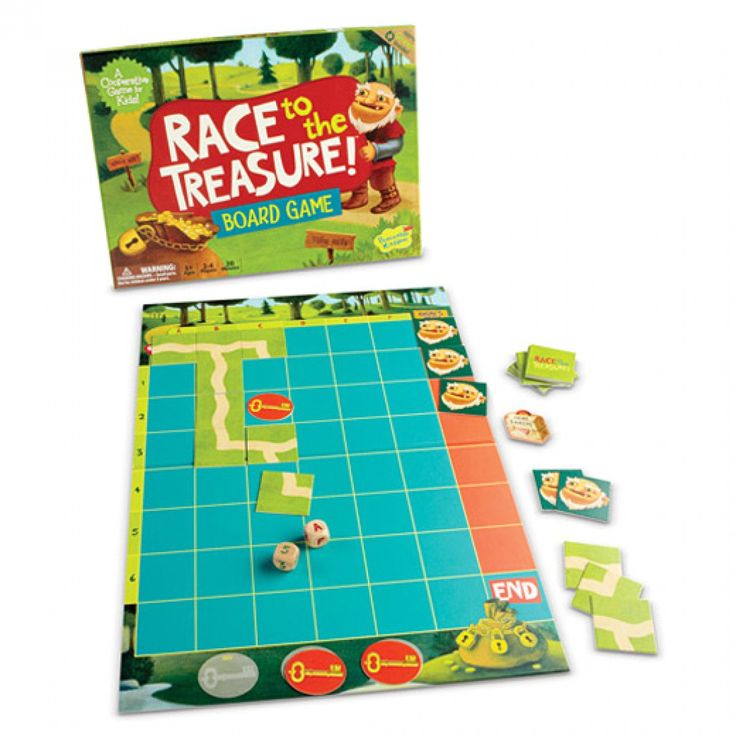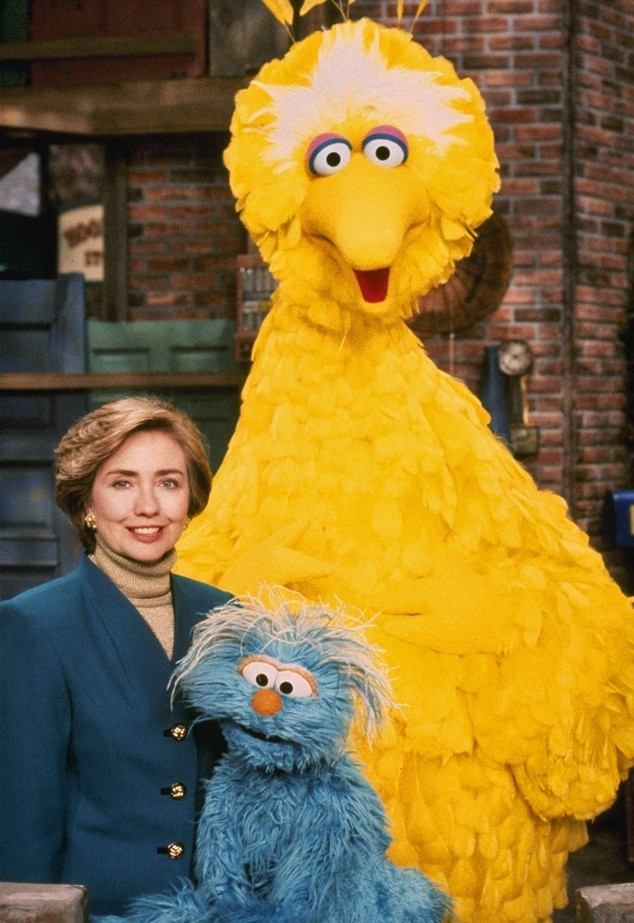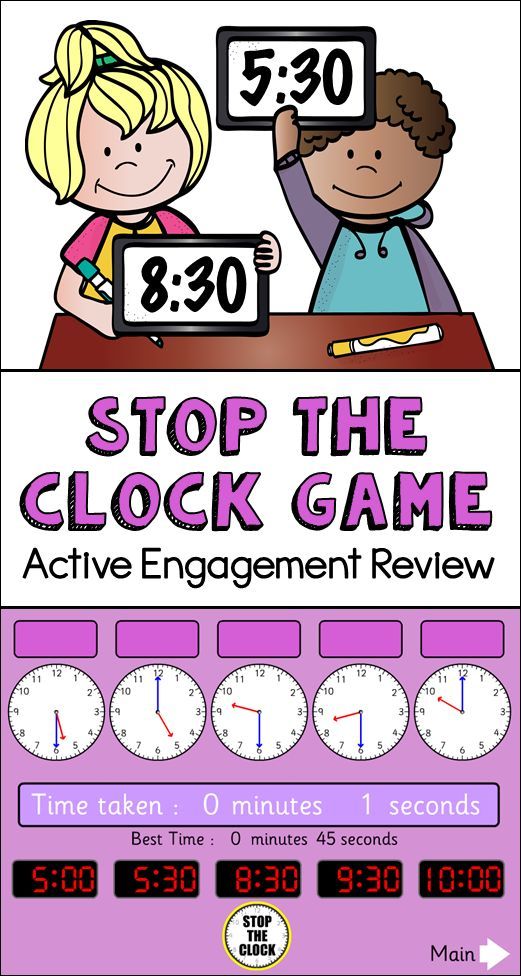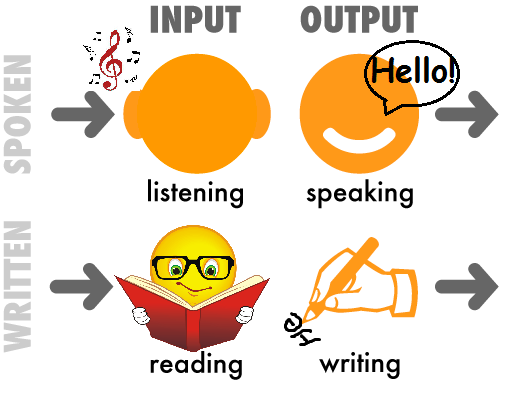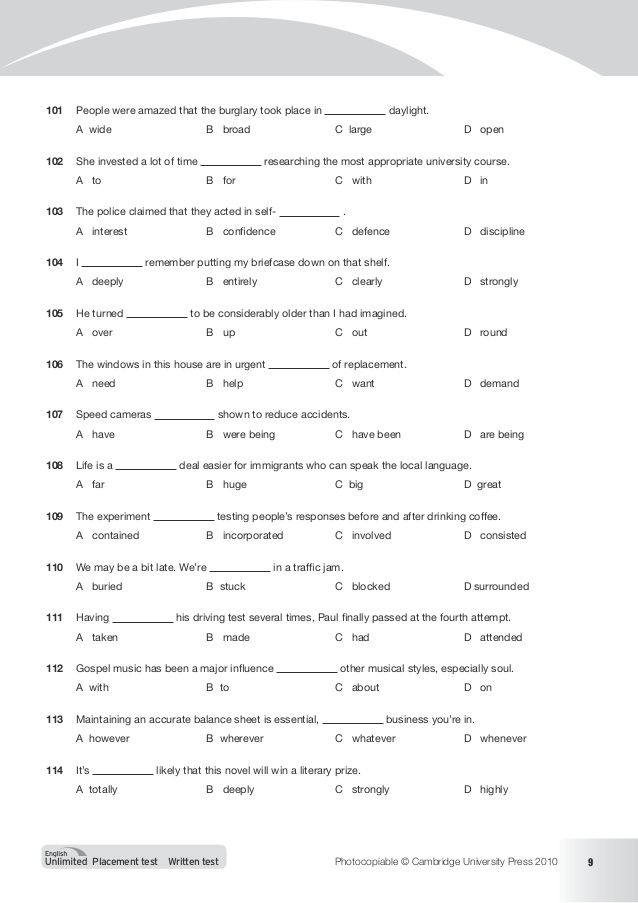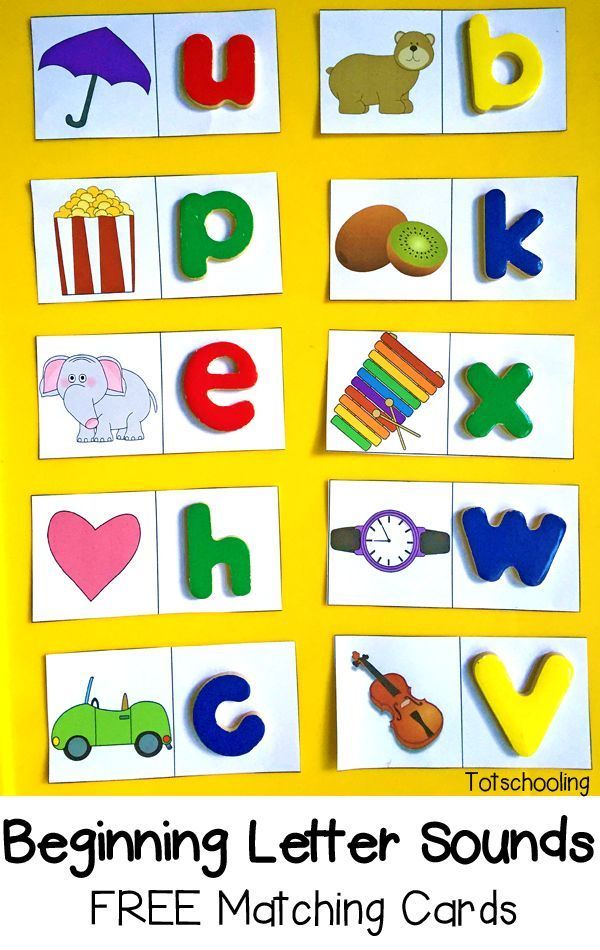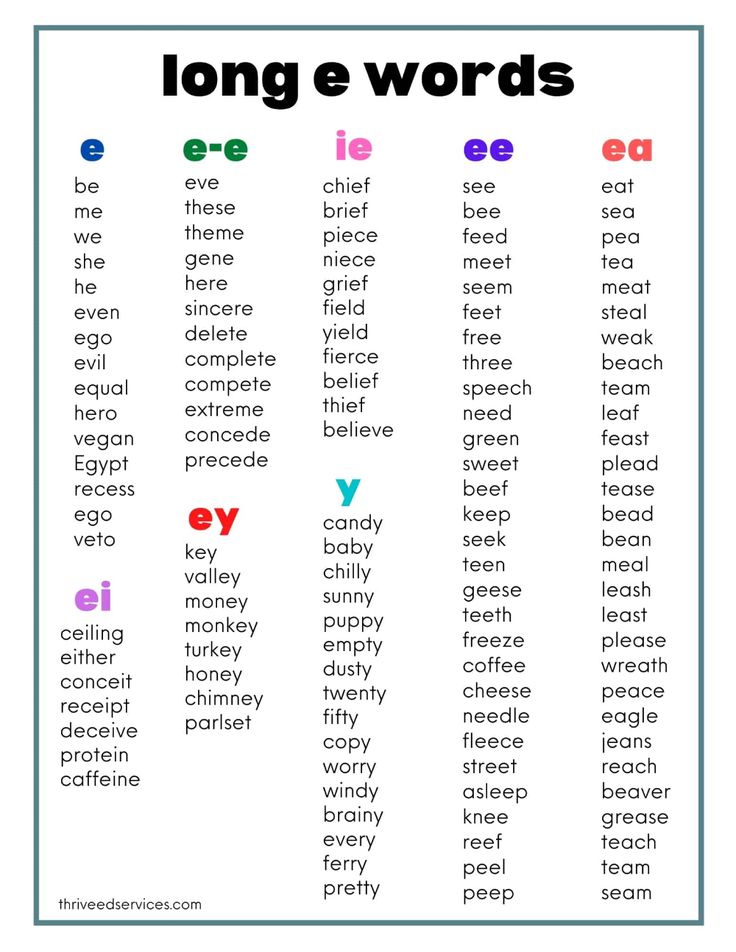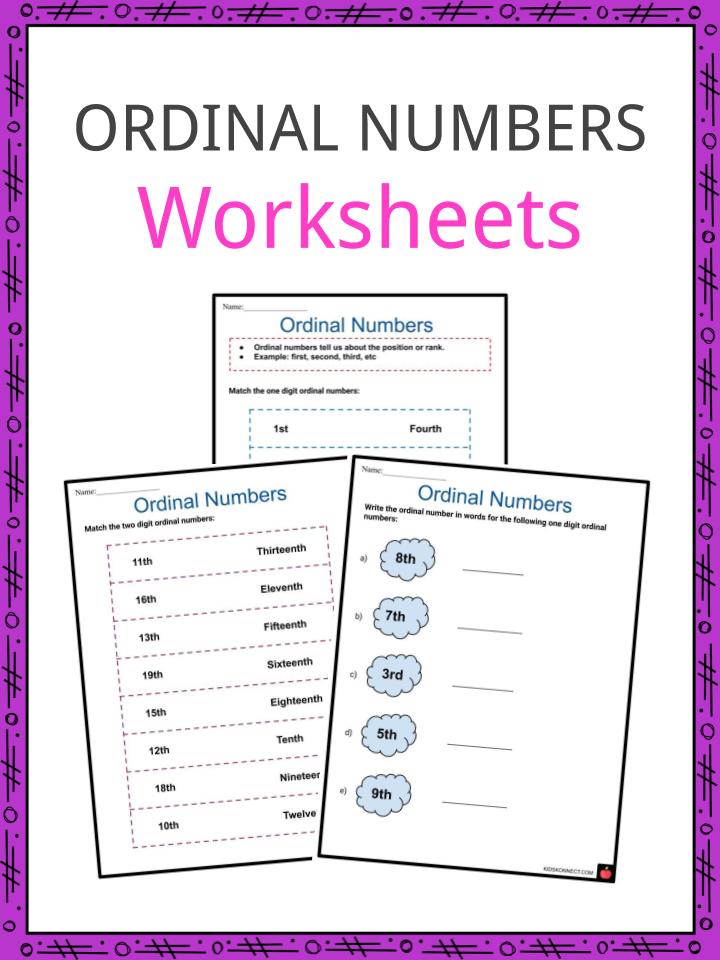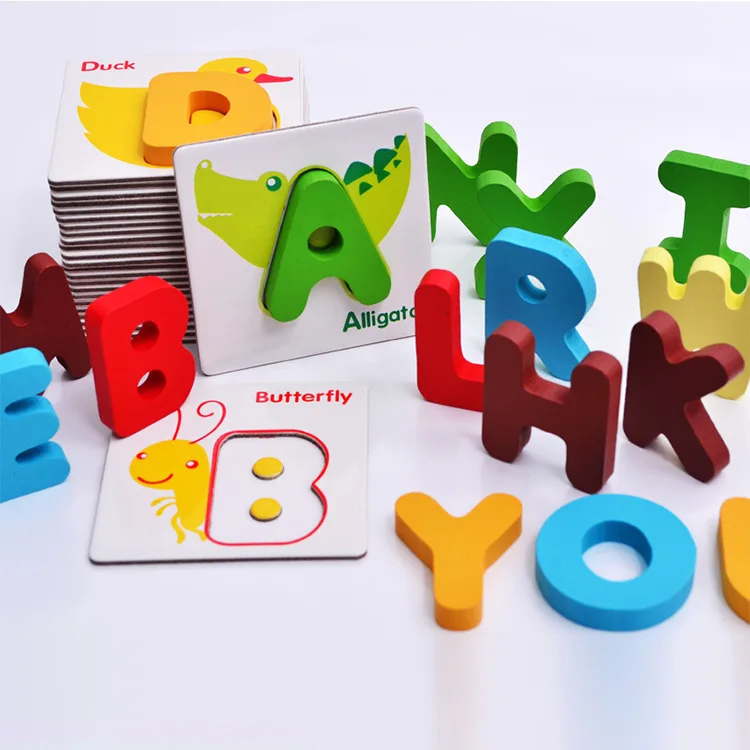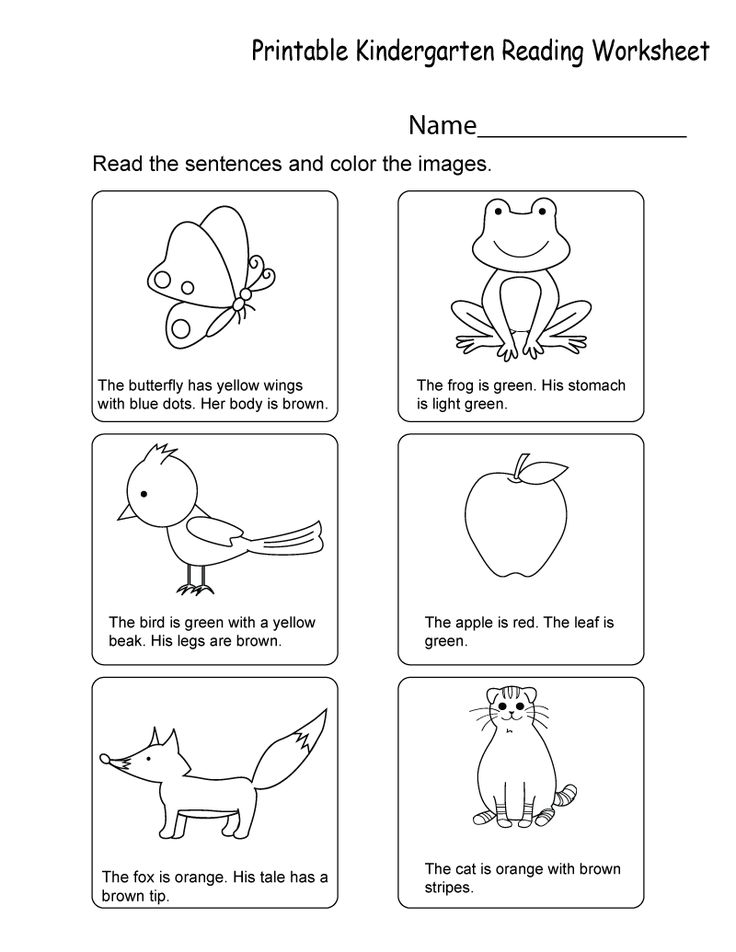Games for little child
30 Classic Outdoor Games for Kids
When I was a kid, we played outside with the other kids in the neighborhood with most of our free time. We also made the most of recess at school. We kept ourselves quite occupied without any of today's modern technologies. Listed below are some no-tech games that you may have enjoyed as a kid. I sure did. Some can be done indoors. Some can be done by yourself or with just one friend. But most of them are best when done outside with a group of people. Also, most of these games can be changed or improved by making up your own rules. Use your imagination!
Hide and Seek
Everyone has played this one. Most parents have played with their kids, since hiding and finding is a common interest of small children. I've heard of all kinds of variations on this game. Sometimes you count to twenty, sometimes ten, sometimes one hundred. Sometimes there is a home base that you can run to and tag, becoming "safe," sometimes you just wait to be found.
The general idea is that one person is "it," that person closes his or her eyes and counts to a certain number without looking and then he or she tries to find the others. Number of Players: Ideally at least three. Equipment: None.
Kick the Can
This game is a variation of tag and hide & seek. One person or a team of people are designated as "it" and a can is placed in the middle of the playing area. The other people run off and hide while the "it" covers his or her eyes and counts to a certain number. "It" then tries to find everyone. If a person is tagged by "it", they go into a holding pen for captured players. If one of the un-captured players manages to kick the can, the captured players are released. The game is over once all the non-"it" players are in the holding pen. Number of Players: Ideally at least three. Equipment: A metal can.
Capture the Flag
This game is most fun when played with a large group.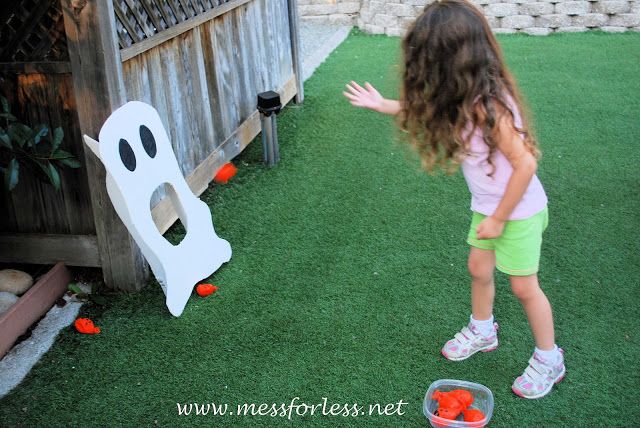 Split the group into two teams, each team having a flag or other marker at the team's base. The object of the game is to run into the other team's territory, capture their flag and make it safely back to your own territory. You can tag "enemy" players in your territory, sending them to your jail. They can be sprung from jail by a member of their own team running into your territory, tagging them and running back, with one freed person allowed per jail break. It is sometimes played that all the people in jail could hold hands and make a chain back toward their own territory, making it easier for members of their team to tag them. We also played a similar game called Steal the Sticks. It had almost the same rules, but several sticks were used instead of one flag.
Number of Players: A large group. Equipment: Two flags or other markers.
Split the group into two teams, each team having a flag or other marker at the team's base. The object of the game is to run into the other team's territory, capture their flag and make it safely back to your own territory. You can tag "enemy" players in your territory, sending them to your jail. They can be sprung from jail by a member of their own team running into your territory, tagging them and running back, with one freed person allowed per jail break. It is sometimes played that all the people in jail could hold hands and make a chain back toward their own territory, making it easier for members of their team to tag them. We also played a similar game called Steal the Sticks. It had almost the same rules, but several sticks were used instead of one flag.
Number of Players: A large group. Equipment: Two flags or other markers.
Parachute
Fun for kids of all ages, this game involves a large round parachute, preferably with handles, with people holding the parachute all around the edges. It helps if someone is in charge telling people what to do. Players can just ruffle the parachute up and down a little bit, they can go all the way up and all the way down, or all the way up and then run underneath, sitting on the edge of the parachute, which can create a bubble of air with everyone inside. Players can also place light objects such as wiffle balls or beanbags on top of the parachute, and make them jump by ruffling the parachute. Also, one person can sit in the middle of the parachute and everyone ruffles it near the ground. If there is a smooth floor and a light child, the child can sit in the middle on top of the parachute and everyone else can walk partway around still holding the parachute edge. Then everyone pulls backward, spinning the child. There are countless variations.
Number of Players: Depends on the size of the parachute, but usually eight to ten. Equipment: A play parachute. These aren't as hard to find as you would think.
It helps if someone is in charge telling people what to do. Players can just ruffle the parachute up and down a little bit, they can go all the way up and all the way down, or all the way up and then run underneath, sitting on the edge of the parachute, which can create a bubble of air with everyone inside. Players can also place light objects such as wiffle balls or beanbags on top of the parachute, and make them jump by ruffling the parachute. Also, one person can sit in the middle of the parachute and everyone ruffles it near the ground. If there is a smooth floor and a light child, the child can sit in the middle on top of the parachute and everyone else can walk partway around still holding the parachute edge. Then everyone pulls backward, spinning the child. There are countless variations.
Number of Players: Depends on the size of the parachute, but usually eight to ten. Equipment: A play parachute. These aren't as hard to find as you would think.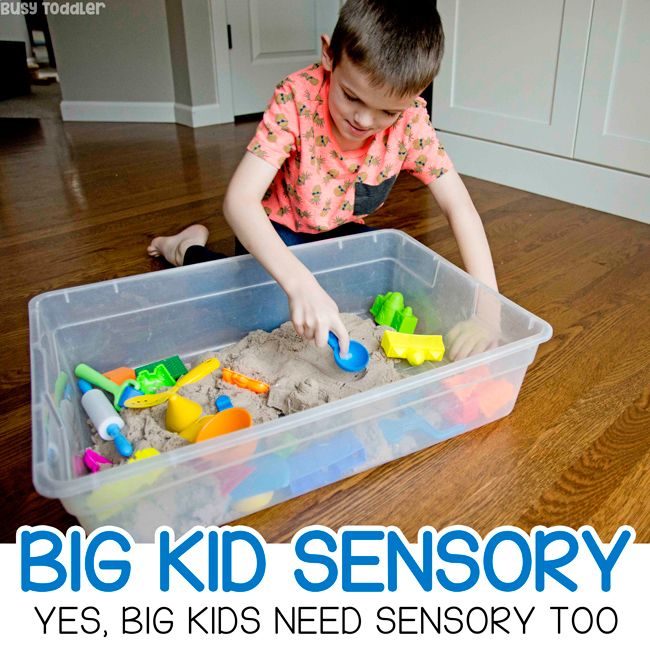 Try here and here.
Try here and here.
Traffic Cop
This game works best on a street with little to no traffic, or in a large paved area of some kind. You need bikes, wagons, pedestrians, scooters or whatever is available. One person directs traffic to make sure kids don't run into each other. It is more fun than it sounds, and helps kids learn about waiting to cross the street and about traffic safety. Number of Players: A small group. Equipment: Bikes, wagons, scooters, anything on wheels.
Four Square
This ball game is played on a square court further divided into four smaller squares, numbered one through four. One player stands in each of the squares, with the highest ranked player in number one, lowest in number four. You bounce the ball among the players, bouncing once in the other person's square before that person catches it. When I played this as a kid, we had countless additional rules to choose from. The person in square one got to choose the rules.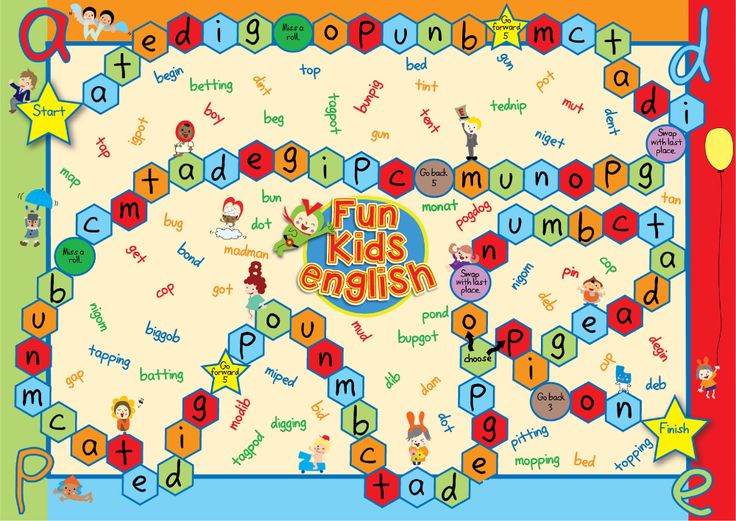 Anyone who violates the rules will have to move down in the ranking, or be eliminated with another player rotating in to square four. Number of Players: Four, unless you take turns. Equipment: A four square court or sidewalk chalk, a playground ball.
Anyone who violates the rules will have to move down in the ranking, or be eliminated with another player rotating in to square four. Number of Players: Four, unless you take turns. Equipment: A four square court or sidewalk chalk, a playground ball.
Hopscotch
Use some sidewalk chalk and make a hopscotch grid. Number the squares from one to nine. Pick a rock that is good for tossing. Small ones can bounce too much, and larger ones are hard to throw. Start by tossing the rock onto Square 1. Hop over the rock and hop with a single foot or both feet (to follow the hopscotch pattern) all the way to the end. Turn around and come back, stopping on Square 2. Balancing on one foot, pick up the rock in Square 1 and hop over Square 1 to the start. Continue this pattern with Square 2. And so on. If you toss your rock and miss the correct square, your turn is over. This game can be played with any number of people, but only one person can go at a time.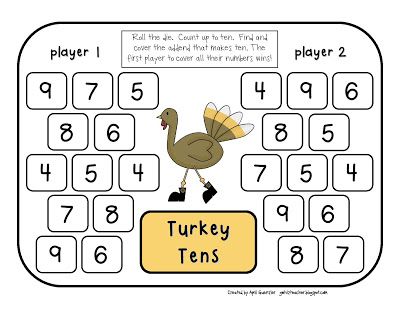 If it's raining or dark or too cold, you can get indoor hopscotch mats or foam pieces, or just find a pattern on the floor to follow, perhaps using a beanbag instead of a rock. Number of Players: One at a time. Equipment: Hopscotch grid, rock or beanbag.
If it's raining or dark or too cold, you can get indoor hopscotch mats or foam pieces, or just find a pattern on the floor to follow, perhaps using a beanbag instead of a rock. Number of Players: One at a time. Equipment: Hopscotch grid, rock or beanbag.
Jump-Rope and Double Dutch
One of the biggest ways I spent my recess time as a young girl was jumping rope. I got quite good at it for my age, both in speed and in skill. It was fun to jump by myself, but it was even more fun to have a long rope and jump with a couple of friends. That's where jump-rope rhymes come in. They turn a simple exercise into a fun game, to compete against yourself and others. Then there's double dutch. I was always in awe of the older girls who could do double dutch. The first time I tried it, I got tripped up almost immediately. However, once you understand how to do it, it isn't as hard as it looks. Number of Players: One for single jumping, three with a longer rope or for double dutch. Equipment: One or two jump-ropes.
Equipment: One or two jump-ropes.
Chinese Jump-Rope
This game requires three people, or just one or two people with really good chairs. It is easily done inside, assuming a sturdy floor. This game resembles regular jump rope in that you jump. A lot. But you jump in a pattern. Two people (or chairs) put their feet inside the rope and stretch them out, standing far enough apart for the third person to jump between them. The third person, or jumper, faces one of the people holding the rope and jumps in a pattern of left, right, inside, outside and on the ropes. What pattern you use is up to you, but all the players should use the same one. The game is started with the rope around the ankles. Once the jumper does the jump correctly, the rope is moved up to the calves. Then to the knees, then the thighs. Usually it doesn't get any farther than that. Once you miss, it is someone else's turn. Number of Players: Preferably three, but it can be done with one or two. Equipment: A stretchy-type rope or 5 to 6 meters of rubber bands tied together in a circle.
Equipment: A stretchy-type rope or 5 to 6 meters of rubber bands tied together in a circle.
Jacks
This game can be played on any flat surface, indoors or out. The player scatters the jacks on the playing surface, often by just tossing them out of one hand, as if rolling dice. The ball is then tossed up, is allowed to bounce once, and is caught before the second bounce. The player tries to scoop up jacks and catch the ball with one hand before the ball's second bounce. The number of jacks to be picked up goes in order. First you pick up one ("onesies"), then two ("twosies"), then three and so on. There are many variations to the rules of this game including things like "pigs in the pen" and "double bounces." Jacks is one game I wish I had played as a girl, but it was much more common when my mom was a child. Number of Players: Any, taking turns. Equipment: A set of jacks and a small rubber ball.
Marbles
The general rules specify that you draw a circle in the sand or on the sidewalk, and then take turns trying to knock each other's marbles out of the circle with your one large marble.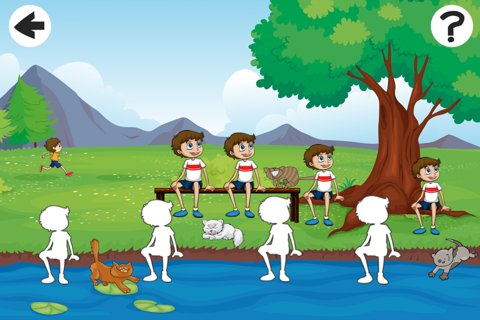 As with the other games, there are countless variations. I haven't played this game at length, though, because I always seem to hurt myself flicking the large marble into the ring! You can also use a marble mat which contains different point zones. Number of Players: At least two. Equipment: Chalk, large and small marbles.
As with the other games, there are countless variations. I haven't played this game at length, though, because I always seem to hurt myself flicking the large marble into the ring! You can also use a marble mat which contains different point zones. Number of Players: At least two. Equipment: Chalk, large and small marbles.
Red Light, Green Light
With enough room, this game can easily be played inside. One person is the traffic light at one end, and the other players are at the other end. When the traffic light faces the group, he or she says, "Red light!" and everyone must freeze. The traffic light then turns his or her back and says, "Green light!" while the group tries to get as close to the traffic light as possible. The traffic light turns around quickly, again saying, "Red light!", and if anyone is spotted moving, they have to go back to the starting place. The first person to tag the traffic light wins and gets to be the next traffic light.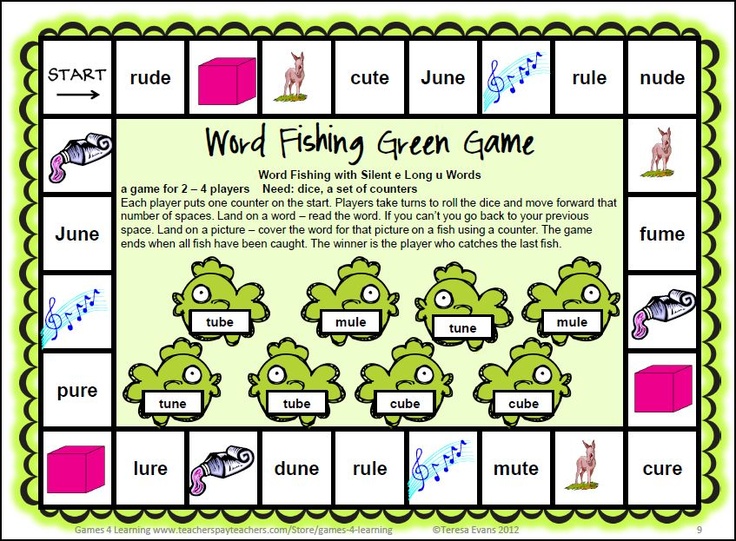 Number of Players: A small group. Equipment: None.
Number of Players: A small group. Equipment: None.
Mother, May I
This game is set up in the same way as Red Light Green Light. One person in the group asks the person in the front, "Mother, may I take steps forward?" The person at the front then says, "Yes, you may." or "No, you may not." You can vary your requests by including options such as taking baby steps, spinning steps, leaps or whatever strikes your fancy. Again, the first person to tag the person in the front wins and is the next person in the front. Number of Players: A small group. Equipment: None.
Simon Says
This game can be played anywhere, even in a car or other small space. One person is Simon and starts by saying, "Simon says, '[insert action here]'. " Everyone must then do the action. However, if Simon makes an action request without saying, "Simon says" to begin the request, anyone who does that action is out. The last person still playing in the end will be Simon for the next round.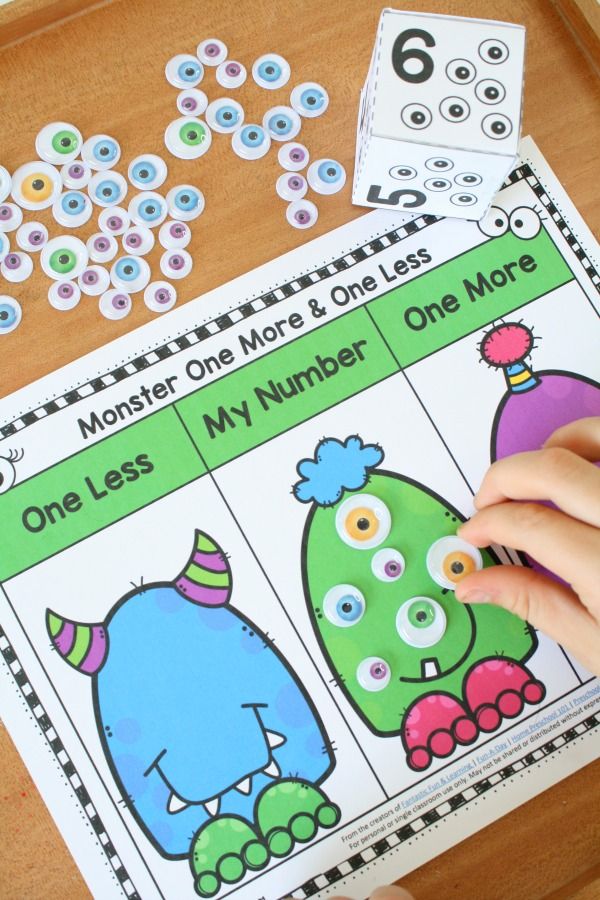 Number of Players: A small group. Equipment: None.
Number of Players: A small group. Equipment: None.
Tag
It seems that everyone knows how to play tag, but just in case it wasn't in your childhood game playing repertoire, here is how you play. A group of kids decides who will start out as being "it." That person chases the other people around, trying to tag one of them with their hand. The newly tagged person is now "it." There is often the rule of "no tag-backs" where you can't tag the person who just tagged you. The game ends when everyone is tired of playing. Number of Players: Any size group. Equipment: None.
Shadow Tag
In this fun version of Tag, you tag each other's shadow with your feet instead of tagging their body. Thus, it must be played on a sunny day. The closer to noon, the greater the difficulty. Number of Players: A small group. Equipment: None.
Freeze Tag
This is a variation of Tag where if the person who is "it" tags you, you have to freeze where you are. Another participant can tag you to unfreeze you. Number of Players: A small group. Equipment: None.
Another participant can tag you to unfreeze you. Number of Players: A small group. Equipment: None.
TV Tag
A variation of Freeze Tag where the person unfreezing the frozen player has to call out a TV show title. That show then can't be used again during that game. Number of Players: A small group. Equipment: None.
Marco Polo
This variation of tag is played in a swimming pool. Whoever is "it" closes their eyes and yells "Marco!" The other players then yell "Polo!" The "it" person has to tag one of the others, and then that person is "it." Be sure to play in a pool that is not too deep for any of the players. Number of Players: A small group. Equipment: A swimming pool.
Blind Man's Bluff
A favorite game in Tudor and Victorian England, this game is yet another variation on tag. The person who is "it" wears a blindfold and tries to tag the other players. Be sure to play this in an area safe from obstructions and other hazards. Number of Players: A small group. Equipment: A blindfold.
Be sure to play this in an area safe from obstructions and other hazards. Number of Players: A small group. Equipment: A blindfold.
Red Rover
Divide everyone into two teams, each forming a long line, holding hands, facing the other team. The two teams should be around 20 or so feet apart. The teams take turn calling out, "Red Rover, Red Rover, let come over!" That child leaves their team's line, runs as fast as they can toward the other line and tries to break through the held hands. If they break through, they get to take someone back to their team. If they don't, they join the new team. When a team only has one person left, that person tries to break through the other team. If they do not, then their team loses. If they do, they gain a player and play continues. Number of Players: Any decent size group. Equipment: None.
Heads Up, Seven Up
Dating back to at least the 1950s, this game is one we played in elementary school. In my experience, it was usually done in the classroom with everyone at their desk. To start the game, seven players go to the front and the teacher says, "Heads down, thumbs up!" Everyone still at their desk puts their head down, extends an arm and stucks their thumb up. The seven kids that were at the front go around and each press one person's thumb down. Then they all go back to the front of the room and the teacher says, "Heads up, seven up!" The players at the desks raise their heads and the seven whose thumbs were pressed down stand up. Each in turn names the person they think pressed down their thumb. If they are correct, they change places with the presser. Then the game can start again. Number of Players: Minimum of 14. Equipment: Desks at which to sit.
In my experience, it was usually done in the classroom with everyone at their desk. To start the game, seven players go to the front and the teacher says, "Heads down, thumbs up!" Everyone still at their desk puts their head down, extends an arm and stucks their thumb up. The seven kids that were at the front go around and each press one person's thumb down. Then they all go back to the front of the room and the teacher says, "Heads up, seven up!" The players at the desks raise their heads and the seven whose thumbs were pressed down stand up. Each in turn names the person they think pressed down their thumb. If they are correct, they change places with the presser. Then the game can start again. Number of Players: Minimum of 14. Equipment: Desks at which to sit.
Spud
This outdoor game is a lot of fun. Every player gets a number and crowds around the person who is "it" for that round. "It" then tosses the ball straight up and the other players run away.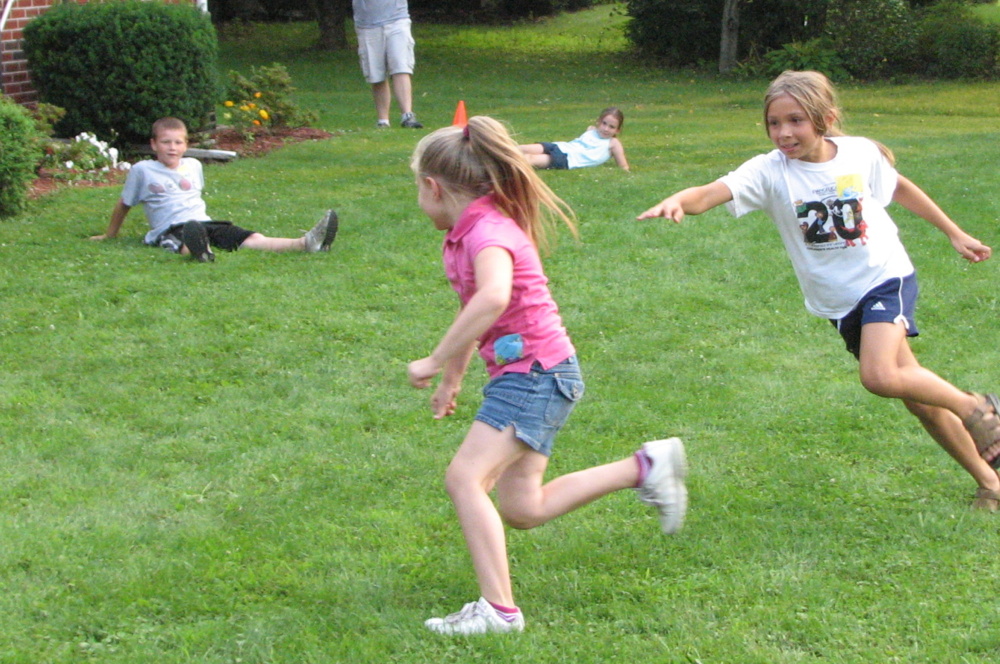 As the ball reaches the top of its toss, "it" calls out the number of one of the other players and then runs away also. The player whose number was called must run back and catch the ball (or chase after it if it is bouncing around). Once that person has the ball, they yell, "Spud!" Then everyone else must freeze. The person with the ball must try to hit one of the players with the ball. If they do, that new person gets a letter (first S, then P, then U, then D) and is now "it." If they miss, the person who threw the ball is "it" for the next round. Number of Players: A small group. Equipment: Playground ball.
As the ball reaches the top of its toss, "it" calls out the number of one of the other players and then runs away also. The player whose number was called must run back and catch the ball (or chase after it if it is bouncing around). Once that person has the ball, they yell, "Spud!" Then everyone else must freeze. The person with the ball must try to hit one of the players with the ball. If they do, that new person gets a letter (first S, then P, then U, then D) and is now "it." If they miss, the person who threw the ball is "it" for the next round. Number of Players: A small group. Equipment: Playground ball.
Button, Button, Who's Got the Button?
Played inside or outside, the group sits or stands in a circle and holds their hands together in front of them. One person takes the button and goes around the circle, pretending to put the button in someone else's hands. They actually deposit the button in one person's hands, but then continue the rest of the way around the circle, pretending to put it in everyone else's hands. Then going around the circle, each player tries to guess who has the button now. Before each person's guess, the group asks together, "Button, button, who's got the button?" Then the player can state their guess. Once the player with the button is finally guessed, that person distributes the button during the next round. Because a button is used in this game, be sure that all the kids playing are old enough so as to not choke on the button. In another version of this game (and the one that I am more familiar with), one child stands in the middle of the circle, and the button gets passed around the backs of the rest of the group. Those without the button pretend to pass it. When the passing stops, the player in the middle has to guess as to who actually has the button. Number of Players: Any size group. Equipment: A button.
Then going around the circle, each player tries to guess who has the button now. Before each person's guess, the group asks together, "Button, button, who's got the button?" Then the player can state their guess. Once the player with the button is finally guessed, that person distributes the button during the next round. Because a button is used in this game, be sure that all the kids playing are old enough so as to not choke on the button. In another version of this game (and the one that I am more familiar with), one child stands in the middle of the circle, and the button gets passed around the backs of the rest of the group. Those without the button pretend to pass it. When the passing stops, the player in the middle has to guess as to who actually has the button. Number of Players: Any size group. Equipment: A button.
Cat's Cradle
This incredibly portable game can be played anywhere. If you are playing alone, you can make various string shapes on your own hands.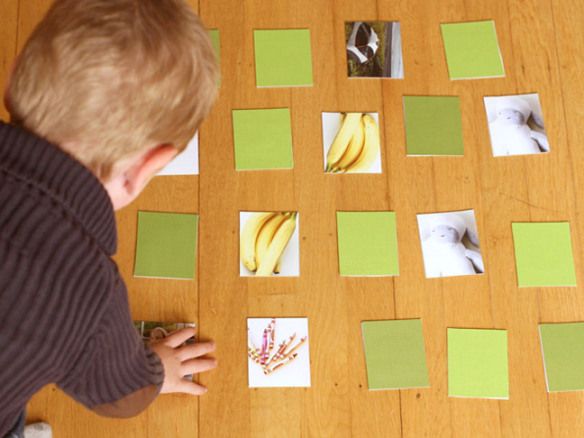 With two people, you can play a bit of a game, transferring the shapes back and forth and creating new ones. Learn from someone if you can, but otherwise there are some good books on the subject. Make your own string, or buy a book on how to do it, which often comes with a string! Number of Players: One or two. Equipment: A string, approximately 36 inches long, tied in a circle (length varies, so find one that works for you!).
With two people, you can play a bit of a game, transferring the shapes back and forth and creating new ones. Learn from someone if you can, but otherwise there are some good books on the subject. Make your own string, or buy a book on how to do it, which often comes with a string! Number of Players: One or two. Equipment: A string, approximately 36 inches long, tied in a circle (length varies, so find one that works for you!).
Hand-Clap Games
The first hand-clap game most people have played is Pat-a-Cake with their parents. Songs and patterns get much more complicated from there. Usually there are two people involved, doing a series of clap patterns on their own and each other's hands while singing or chanting a rhythmic song. There are many rhymes listed online, but if you can learn from someone else or see it in a video, that is best, so that you can get the notes of the song and the rhythm of the clapping. From "Miss Mary Mack" to "Miss Susie" to "Say, Say, My Playmate," there are countless hand clap games to learn. Number of Players: Usually two, but creativity can allow for a third or fourth person. Equipment: None.
Number of Players: Usually two, but creativity can allow for a third or fourth person. Equipment: None.
Crack the Whip
Though often played on ice while wearing skates in the winter, this game is much safer, though possibly less fun, when played on grass. All the players hold hands in a line. The person at one end of the line skates or runs around, changing directions quickly. The tail of the "whip" of players tends to get moved around with a lot more force than players closer to the front. The longer the tail, the harder it is to hold on. If the players at the end fall off the end of the tail, they can attempt to get back on, perhaps in a position closer to the front. Number of Players: A small group. Equipment: None.
Musical Chairs
In a circle, arrange chairs facing outward to total one fewer than the number of players. An additional player needs to be in charge of the music. When the music starts, the players walk around the chairs.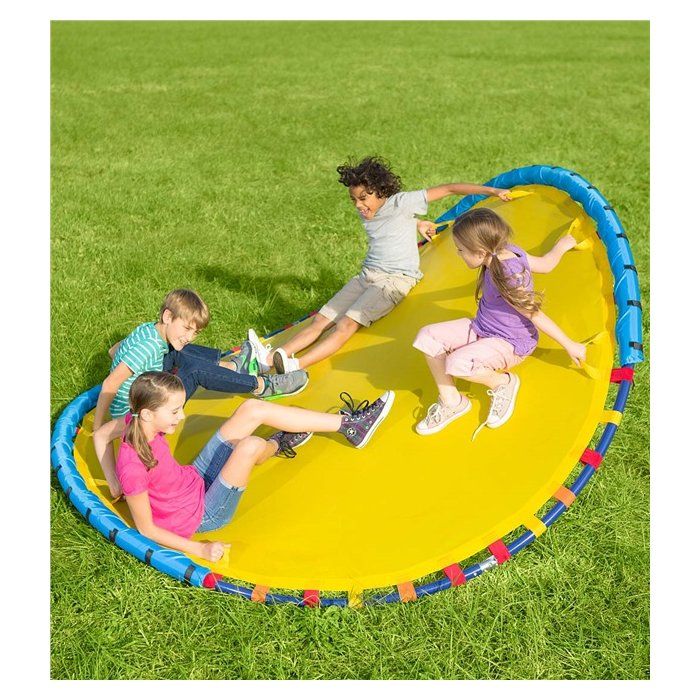 When the music stops, players sit down in the nearest chair as soon as they can. The one player who does not have a chair is out. One of the chairs is then removed, and the game continues in this manner. The player that sits in the final chair is the winner. This game is traditionally played inside, but it can also be played outside with outdoor furniture and a portable music player. Number of Players: A small group. Equipment: Music player or person making music, chairs.
When the music stops, players sit down in the nearest chair as soon as they can. The one player who does not have a chair is out. One of the chairs is then removed, and the game continues in this manner. The player that sits in the final chair is the winner. This game is traditionally played inside, but it can also be played outside with outdoor furniture and a portable music player. Number of Players: A small group. Equipment: Music player or person making music, chairs.
Telephone
This game is one in which most people end up laughing quite a bit, so if you're in the mood for silliness, give it a go. Players sit in a circle. One person thinks up a sentence or phrase and whispers it to the next person. That person repeats it to the person on their other side. This continues around the circle. When it finally reaches the last person, that person says the sentence out loud. Hilarity ensues. The ending sentence is usually quite changed from the beginning sentence, since errors tend to compound as they go around the circle.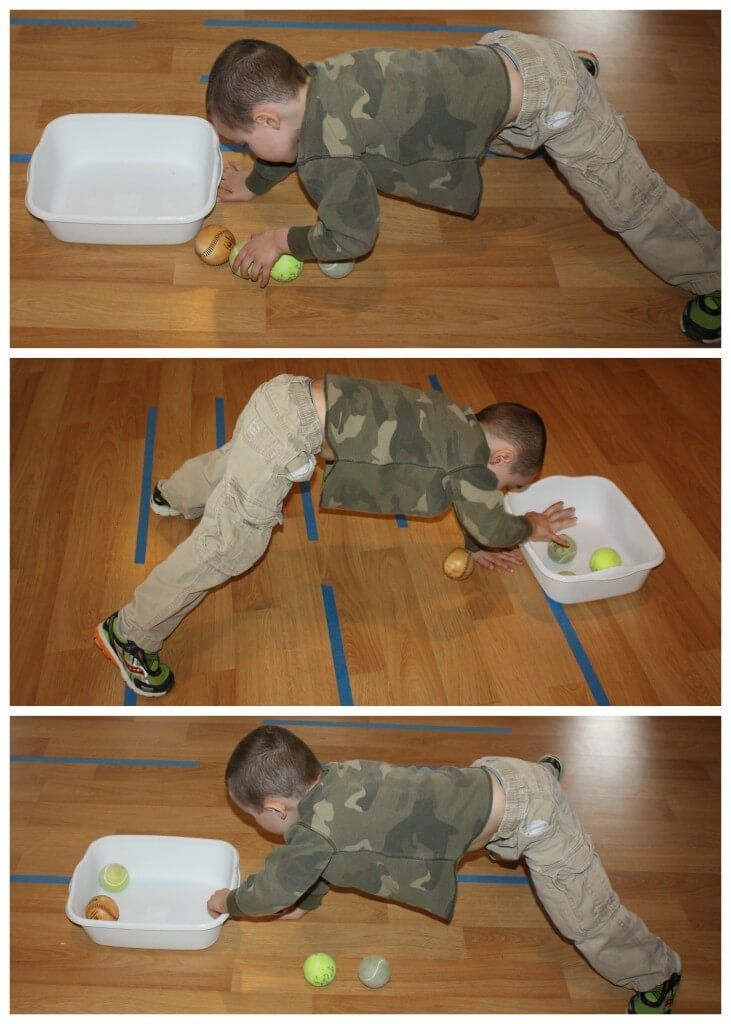 Number of Players: A small group. Equipment: None.
Number of Players: A small group. Equipment: None.
Freeze Dance
Choose one person to be in charge of the music. When the music starts, everyone else dances, the crazier the better. When the music stops, the dancers must freeze in their position. Anyone caught moving after that is out. Play continues until there is one person left, the winner. Number of Players: Any number. Equipment: Music player or person making music. You can find more activities in The Dangerous Book for Boys and The Daring Book for Girls, as well as some jump rope and hand clap rhymes.
20 ideas to keep the kids entertained on a rainy day
Here are 20 indoor games that will keep kids (and you) happy and active—no TV or video games required.
Another rainy or bone-chilling day? We see you over there: Restless kids fidgeting on the couch, the clock ticking slower than usual, and you’re fresh out of ideas for things to do. Well you’ve come to the right place. We have your back with this list of the best indoor games you haven’t already tried.
Well you’ve come to the right place. We have your back with this list of the best indoor games you haven’t already tried.
From Battleship to Sprouts, we’ve created a must-play list of pencil-and-paper indoor games that beat TV any day. Gather some pencils and paper and check out our best of pencil-and-paper games.
2. BuildingYou don’t need a fancy building set for this. Popsicle stick cities, card towers, even buildings out of blocks, or indoor forts out of boxes or pillows, will do just fine. If you want to get competitive, whoever builds the highest tower wins.
3.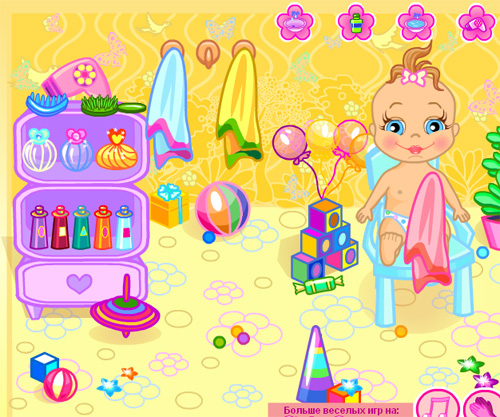 Magical Mama (or Papa)
Magical Mama (or Papa)Be your kids’ very own Harry Houdini—without the locks, chains and water tanks, of course. Simply place a coin under one of three cups and shuffle the cups around. Then ask your children to guess which cup holds the coin. Sneaky parents can place the cups near the edge of a table and secretly drop the coin. Watch your tots’ eyes light up in amazement when they learn the coin is gone!
4. Card gamesCard games are great for challenging young minds and creating hours of indoor fun. Grab a box of cards and check out our favourite traditional card games.
5. PuzzlesExercise those creative, cognitive and problem-solving muscles with a good puzzle. You can use a store-bought variety or have the kids make their own. Have your children draw a picture on a sturdy piece of cardboard or Bristol board. Then use a pencil to outline puzzle pieces directly on their drawing. Cut out the pieces with a good pair of scissors, mix them up and get solving.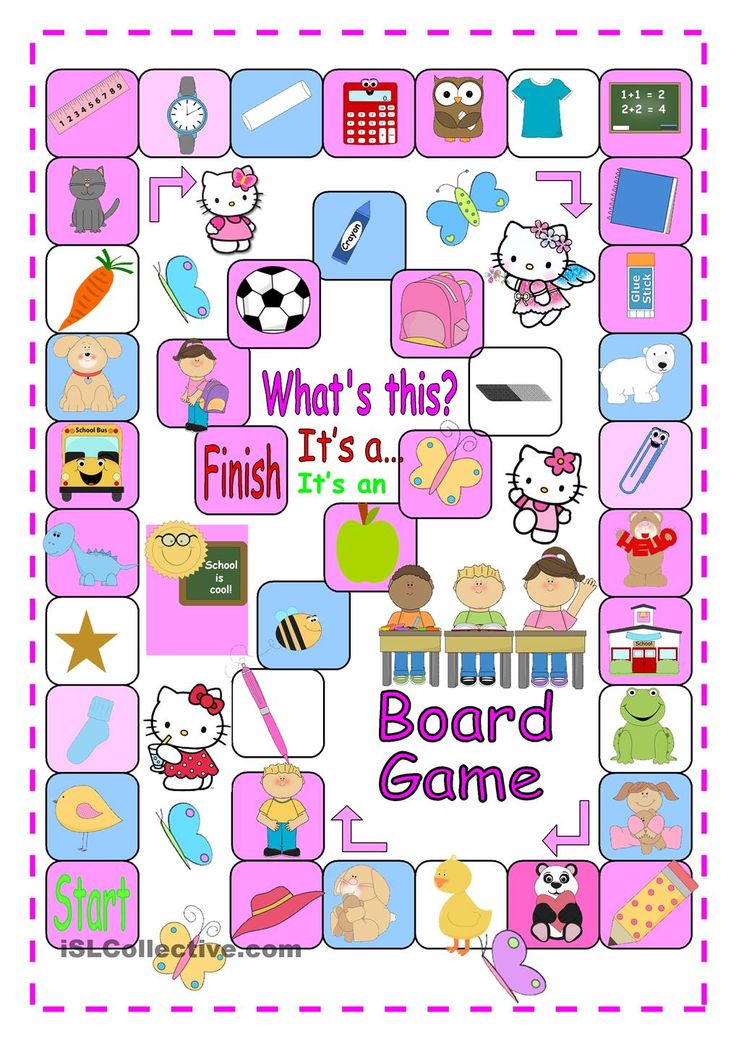 Indoor games and craft in one fun activity!
Indoor games and craft in one fun activity!
Choose some of your kids’ favourite tunes and turn up the volume. Ask them to dance until the music stops. When it does, they have to freeze in whatever position they find themselves in – even if they have one leg up. To make the game more challenging, ask the kids to freeze in specific poses: animals, shapes, letters or even yoga postures. Toddlers in particular love this game.
The winner gets her very own gold medal! Make your own ribbons with this easy craft:
7. Board and family gamesFor a comprehensive list of the best of family indoor games from Nursery Rhyme Games and Candy Land to Clue, check out our handy list of top 20 family games.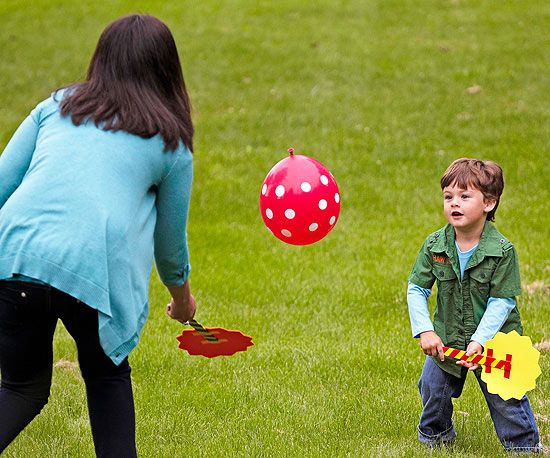
This indoor game is ideal for larger groups — a sleepover favourite. Divide the kids up into groups. Give each group a bag filled with props, such as a spoon, toy jewelry, a sock, ball or ribbon. Then give them 15 minutes to construct a skit around the props. This game is so much fun that it doesn’t have to be competitive. If the kids want, though, they can all vote on a winning skit.
9. Indoor hopscotchThis schoolyard favourite is sure to be an indoor hit, too. Set up your hopscotch game on any floor surface. Masking tape will do perfectly to form the nine connecting squares. Boxes 1-3 will be placed in a single line, one on top of the other. The next two boxes (4, 5) will be placed side-by-side, followed by a single box (6), two more boxes (7, 8) and the final half-circle “home” base (9). Next, choose a marker, such as a coin, stone or beanbag. The first player will throw the marker into square 1 without letting it bounce or touch the lines. If successful, the player will then hop — one foot on single squares and two feet on side-by-side squares — avoiding square #1. The player may rest on “home” before hopping back. On the way back, he or she picks up the marker on square #1 and, if successful (lands within the lines, hops or jumps with proper footing, doesn’t fall), takes another turn and throws it into square #2. When the player is unsuccessful, the next player takes a turn. Players resume their turns by throwing the marker on the last box played. The winner is the first player to throw the marker home (#9), and smoothly complete the whole course.
If successful, the player will then hop — one foot on single squares and two feet on side-by-side squares — avoiding square #1. The player may rest on “home” before hopping back. On the way back, he or she picks up the marker on square #1 and, if successful (lands within the lines, hops or jumps with proper footing, doesn’t fall), takes another turn and throws it into square #2. When the player is unsuccessful, the next player takes a turn. Players resume their turns by throwing the marker on the last box played. The winner is the first player to throw the marker home (#9), and smoothly complete the whole course.
While you have your masking tape out, why not make your own balance beam? We all know how much kids love walking in straight lines every chance they get. Put on some music, and one at a time the kids can take their turn walking one-foot-over-the-other across the straight line of tape. Make the game more challenging by having the kids walk backwards or balance with one foot on the line.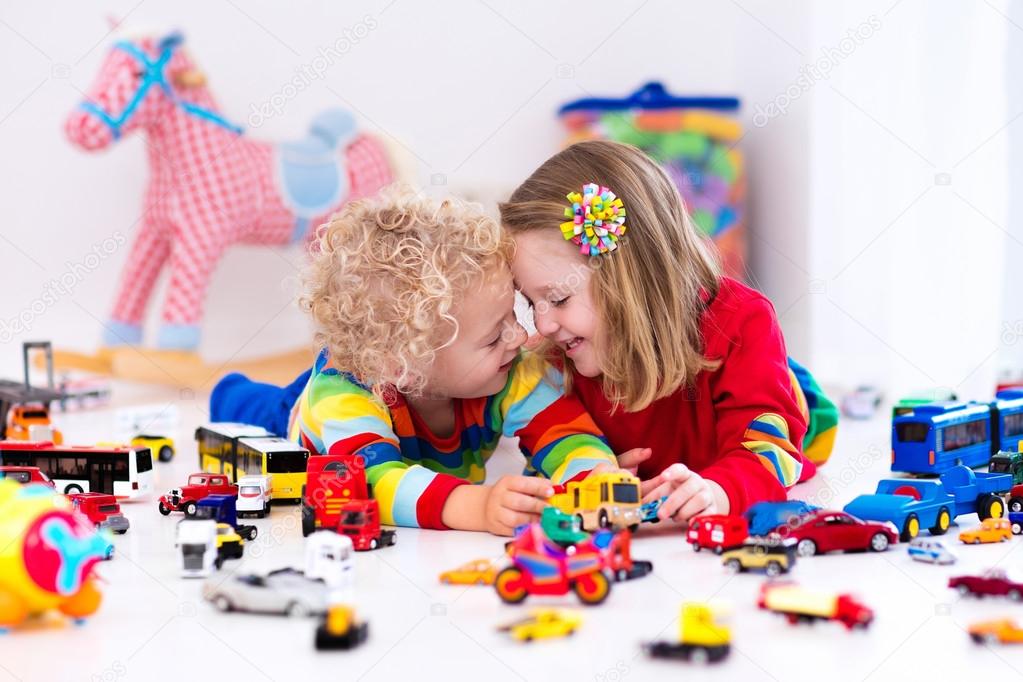
No list of indoor games would be complete without Hide and Seek, now would it? In this classic game, one person (“It”) covers his or her eyes and counts aloud while the other players hide. When “It” is finished counting, he or she begins looking for the hiders. The last hider to be found is the next “It.” Warning: this game is often a source of giggle fits. Families with older children might want to take things up a notch and play Hide and Seek in the dark. Just to be safe, make sure there are no loose items on the floor. If you want, allow “It” to carry a flashlight or turn the lights on once “It” finishes counting.
12. Treasure huntKids love finding hidden objects — especially when there’s a prize at the end. Simply write your clues on some slips of paper — get creative. Place the first clue somewhere easy to find, like inside your child’s snack or cereal bowl. Then leave as many clues as you like around the house, making a trail to the final clue. Instead of a prize, the treasure hunt can lead to various coins around the house. This way the kids get to collect all the coins and put them in their piggy banks in the end. If you want to create the most amazing treasure hunt, follow these 11 tips.
Instead of a prize, the treasure hunt can lead to various coins around the house. This way the kids get to collect all the coins and put them in their piggy banks in the end. If you want to create the most amazing treasure hunt, follow these 11 tips.
A great way to reuse water bottles (or you can purchase an indoor bowling set). Line six-10 water bottles up at the end of your hall or living room. Place a line of duct tape at the starting line. Grab a medium-sized indoor ball and start bowling! If you want, keep score and give out trophies at the end. (Note: if you need to stabilize the water bottles or make the game more difficult, simply fill them up with some water. Don’t forget to screw the tops on tightly!)
Don’t forget to screw the tops on tightly!)
This game will have everyone giggling. Ask the kids to sit on the floor in a circle. Turn on some tunes and have them pass the potato (a bean bag or soft ball) around the circle as fast as they can. When the music stops, the player holding the potato leaves the circle. Keep going until only one player is left and wins the game.
15. Picnic memory gameFormer preschool director and grandmother of three, Marsha Colla, has some innovative games up her sleeve, including this fun and simple verbal memory game, which, Colla says, “challenges the children and makes them giggle.” To play, everyone sits in a circle. The first player says, “In my basket for the picnic, I packed…,” and then says what item he or she packed. The next player then says, “In my basket for the picnic, I packed…,” and then recites what the first player packed and adds his or her own item to the basket, and so forth.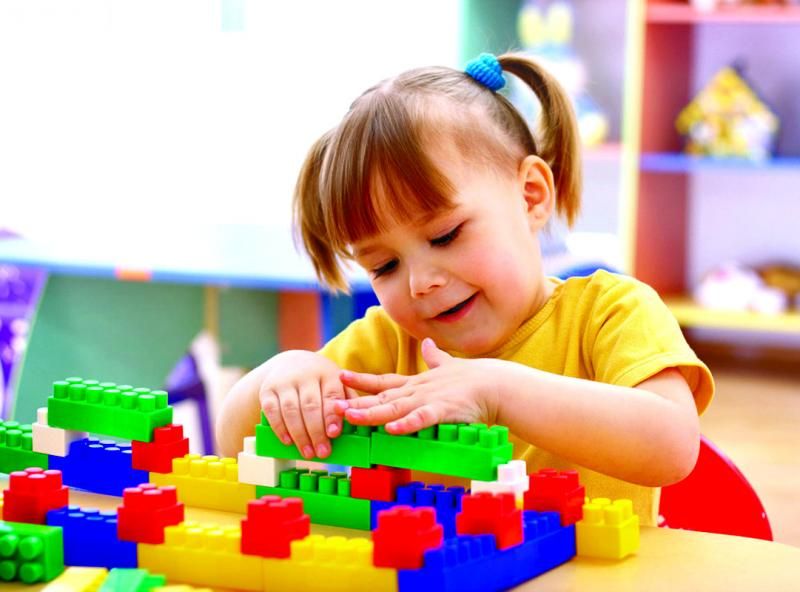
One of Colla’s go-to indoor games for her preschoolers and grandchildren, this game is sure to both educate and delight little ones. Take out several miscellaneous items. Have the children look at all the items, and then take them away. Next, ask one child to hide his or her eyes and listen as you pick up an item and make sounds with it. Ask the child to guess which item made the sound. Examples of items might be a comb (run your fingers along it), a glass (gently tap it), cymbals, shakers, sandpaper, blocks rubbed together, a pot and spoon. Be creative and have fun!
17. BubblesYou don’t have to go outside to enjoy bubbles. For this indoor game, you need a plate and straw for each player, some dishwashing soap and water. Place a dime-size drop of dish soap at the centre of each plate. Pour a little water onto the plate and gently mix with the dish soap until some suds start to form. Have the kids place the straw in the suds and blow very gently. Watch as massive bubbles start to form. To make this competitive, see who blows the biggest, or longest-lasting, bubble.
Watch as massive bubbles start to form. To make this competitive, see who blows the biggest, or longest-lasting, bubble.
This traditional favourite will never get old. To start, choose one player (probably a parent for the first round) to be Simon. The rest of the players will gather in a circle or line in front of Simon as he calls out actions starting with the phrase “Simon says”: “Simon says…touch your toes.” The players then have to copy Simon’s action, touching their toes. If Simon calls out an action without uttering the phrase “Simon says,” the kids must not do the action. If a child touches his toes when Simon didn’t say…, he or she is out of the game. There are lots of great ways Simon can trick players into doing actions when Simon didn’t say: Simon can perform an action without uttering a command, for example, or he can perform an action that doesn’t correspond with the command. Fun! The last player left in the game wins and becomes the next Simon.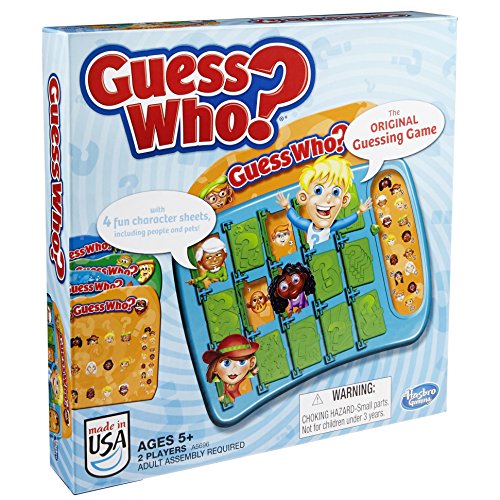
Most preschoolers flock to the classroom sensory table as soon as the teachers pull it out. So there is little doubt they will love this entertaining challenge. Find a shoe box or any box that has a lid on it. Cut a hole in one of the sides of the box —large enough for your child to fit her hand in. If you want, get creative and decorate the box with glitter and question marks. When you’re ready to play, put an item inside the box and have your children guess what it is. They can ask questions about the item if they need to, or you can offer clues. Get as ooey-gooey as you wish (fresh pumpkin seeds or slimy spaghetti are great choices for Halloween), or use such simple objects as a brush, a toy, a piece of fruit. To make it competitive, you can give a point to the first child to name the object.
20. Indoor basketballYou can’t be too little for this version of basketball. All you need is a bucket and a rolled up sock (or a small, light ball).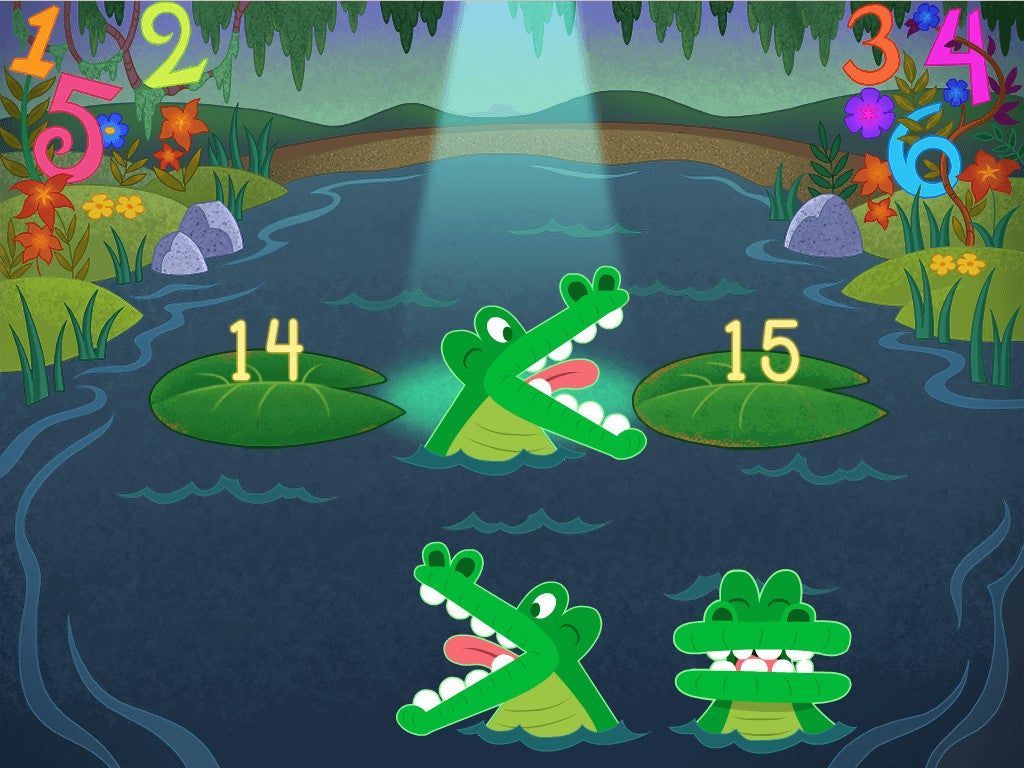 Each player takes a turn at throwing the sock-ball into the bucket. When a player scores a bucket, he or she takes a step back and throws again until missing. The player who shoots the ball in the bucket from the farthest distance wins.
Each player takes a turn at throwing the sock-ball into the bucket. When a player scores a bucket, he or she takes a step back and throws again until missing. The player who shoots the ball in the bucket from the farthest distance wins.
Stay in touch
Subscribe to Today's Parent's daily newsletter for our best parenting news, tips, essays and recipes.- Email*
- CAPTCHA
- Consent*
Yes, I would like to receive Today's Parent's newsletter. I understand I can unsubscribe at any time.**
FILED UNDER: family_fitness_guide Games Indoor Activities March break Playdates service seo
42 ideas for a great pastime
In the era of prosperity of technology, endless cartoons and the same endless feeds in social networks, both children and parents began to forget about simple communication, looking into each other's eyes, and not at the screen of a TV, tablet or smartphone. Think about how long it has been since you played with your child? Oddly enough, even the ideas for the simplest and once popular games have long been lost in memory and have undeservedly lost their relevance.
Think about how long it has been since you played with your child? Oddly enough, even the ideas for the simplest and once popular games have long been lost in memory and have undeservedly lost their relevance.
Games for children are not only a great way to spend time with the family, but also an opportunity to develop thinking, memory, logic, reaction speed. We have collected the best children's games that will captivate the whole family and give a charge of vivacity and positive for a long time.
Contents:
- Children's play at home
- Entertainment games for children at home: types
- Active games
- Sports games
- Competitions
- Development games
- Speech games
- Construction of houses
- Math games
- Interesting games for two children
- Role-playing games
- Unusual home games
- Music games
- Water games
- Interesting games
- Advice to parents
Children's games at home
Entertaining games for children have many advantages: they bring together all family members who take part in the process, allow you to spend time rich and exciting, without gadgets and TV. The game is a powerful tool for the development of your child. When planning to spend time together blowing dust off a box of checkers or a long-forgotten Monopoly, keep a few things in mind:
The game is a powerful tool for the development of your child. When planning to spend time together blowing dust off a box of checkers or a long-forgotten Monopoly, keep a few things in mind:
- Try not to prompt your child. Make an exception to the rule only if he does not yet know the rules. Let them learn to make mistakes and draw conclusions. Undoubtedly, you know more, but let the baby be independent.
- Do not give in, you must be equal. Therefore, it is worth choosing interesting games for children, where the process does not require encyclopedic knowledge or vast experience, and the rules are simple and understandable for everyone.
- You need to play only with pleasure, getting pleasant emotions. If you notice that the children don’t like the game or they get bored, it’s better to switch to another one: it’s definitely not worth forcing anyone to have fun.
Entertainment games for children at home: types
What kind of games are there in a confined space? When thinking of entertainment, consider the possibilities of an apartment or house and the age of the child.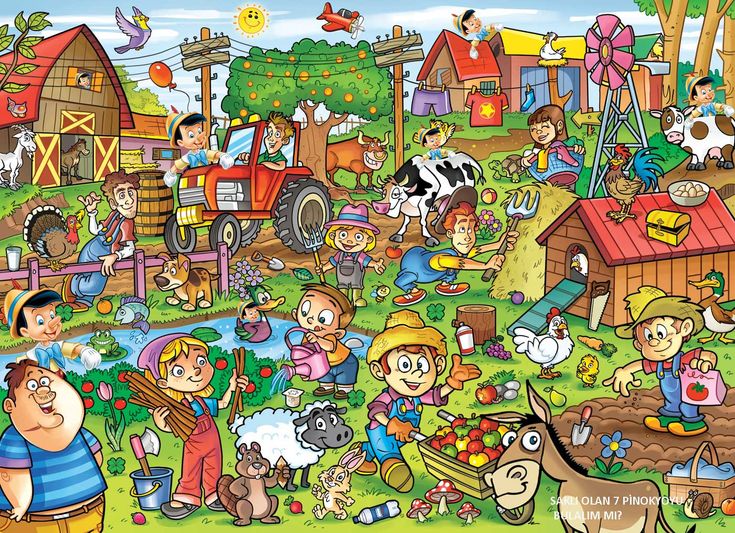 Excessive noise should not be raised late in the evening, and too primitive games are unlikely to be appreciated by a senior student. Therefore, alternate, experiment, and you will definitely select exactly those family games that will captivate everyone, and just spend time with children without a computer.
Excessive noise should not be raised late in the evening, and too primitive games are unlikely to be appreciated by a senior student. Therefore, alternate, experiment, and you will definitely select exactly those family games that will captivate everyone, and just spend time with children without a computer.
Active games
1. Let's go!
Have your child pretend to be a car driving down a dark road. To do this, put a few chairs or other objects, give the child a steering wheel or its round substitute, and blindfold. You are a navigator, a kid is a car, turn on and go! Try switching places so that the child also tries himself as a helper.
Suitable for age: 5-8 years old.
2. Hold the balloon
This kids game will require a balloon and some skill. Task: move the ball from one end of the room / corridor to the other without touching it with your hands and without letting it fall. Let the children be smart: you can blow on the ball, push it with your nose, chin, knees.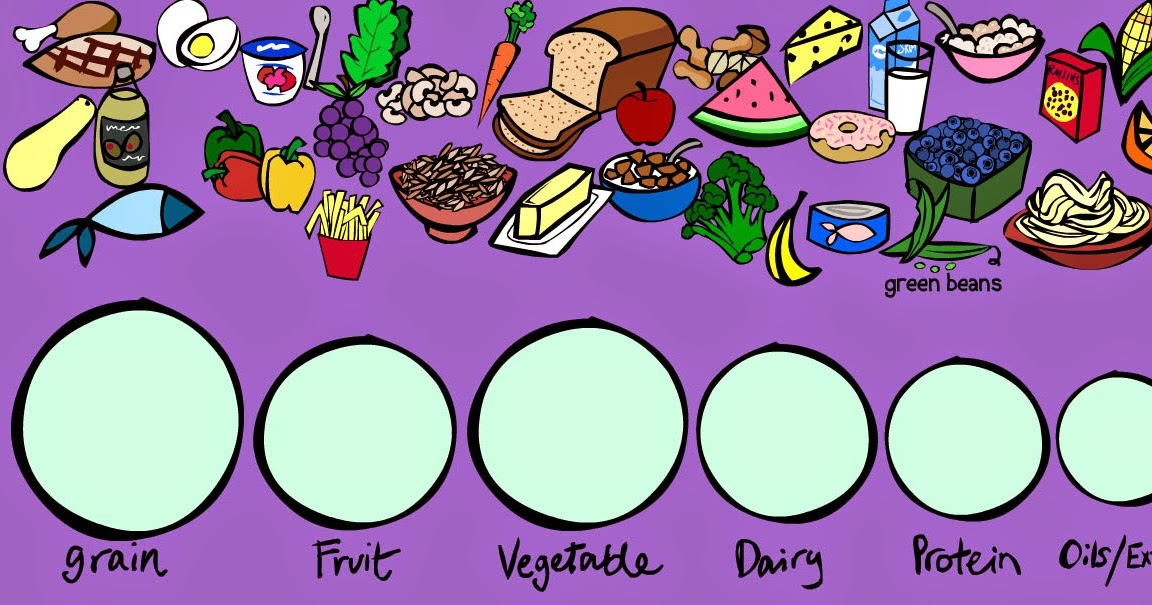
If there are two children, arrange a competition: who will bring the ball to the finish line faster. For older participants, the task can be made more difficult by building a path or placing small obstacles to get around.
Suitable for age: 5-15 years old.
3. Cross the river
Ropes, ribbons or two pieces of rope, laid out at a distance of one and a half to two meters from each other, can play the role of the banks. From paper, cut out circles that will replace the pebbles.
Invite the child to "get over" from one bank to another, stepping over the stones without "wetting" the legs. The game is simple, but perfectly develops coordination of movements in children 3-5 years old.
Suitable for age: 3-5 years old.
4. "Brilliant" basketball
In the conditions of an apartment, entertaining games for children with a ball are not very convenient, but if you replace it with small foil balls, and build a basket from a children's bucket or a cut-off five-liter bottle, you get quite a decent basketball.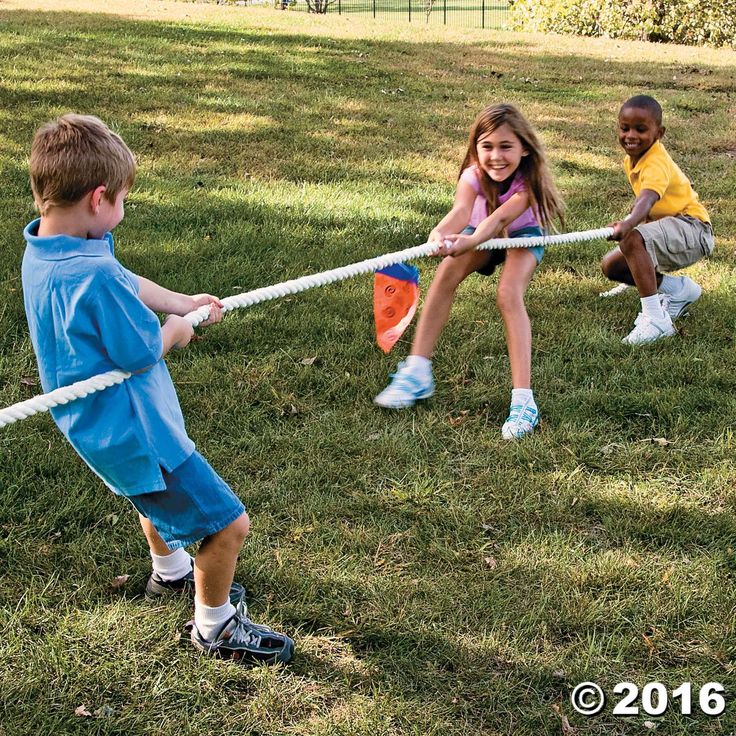
The competition can be made more difficult: throw in turn with the left and right hand, count who will have more hits per minute, vary the distance from the player to the basket.
Suitable for age: 5-13 years old.
5. Classics
The good old "jumping" is definitely worth remembering and arranging a game even within an apartment or house. With construction tape on the carpet, “draw” a classic, a round candy box can be used as a “bit”. The main thing is to remember the neighbors below and try not to disturb their peace in the evening.
Suitable for age: 5-10 years old.
6. The fastest turtle
Turning into a turtle is easy! Get on all fours, put a pillow on your back and go to the finish line, so that your "shell" is not lost along the way. You can arrange a competition "Who is faster?" or which of the "turtles" will show the best time.
Suitable for age: 4-7 years old.

7. Insidious ball
Throwing the ball within the apartment is not the safest activity, so you can think of other activities with it. Lie on your stomach opposite each other, put the ball between your heads. Try to stand up while holding the ball with two hands, without the help of hands.
Another option would be to compete, in which case two balls would be required. Get on all fours and, on command, start rolling the ball, touching it with your forehead or nose, without helping with your hands. Whoever crosses the finish line the fastest wins.
Suitable for age: 5-10 years old.
Sports games
It is possible to entertain children at home with games not only for the purpose of entertainment. Motor activity is necessary, especially for a fidget baby. Come up with stories, remember your favorite animals or fairy-tale characters, accompanying interesting stories with movements as the story progresses. The child will be happy to imitate a bear, jump like a monkey or stretch his neck like a hissing goose. Mobile children's games will allow you to spend all the extra energy that the baby has accumulated, directing it in the right and useful direction.
The child will be happy to imitate a bear, jump like a monkey or stretch his neck like a hissing goose. Mobile children's games will allow you to spend all the extra energy that the baby has accumulated, directing it in the right and useful direction.
8. Jumper
Hang balloons from the ceiling at such a distance that the child can reach them only by jumping. Pre-fill them with foam balls, large confetti or other light fillers.
The child's task is to jump up, hitting the ball with his hand, and reach it. You can diversify the game by taking multi-colored balls and placing them at different heights, and then, naming the color, ask them to jump to each of them.
Suitable for age: 3-5 years old.
9. Gulliver and the Lilliputians
This activity is suitable for a group of children. Ask them to stand in a circle and tell them that everyone can imagine themselves both very small and very large, the main thing is to be attentive.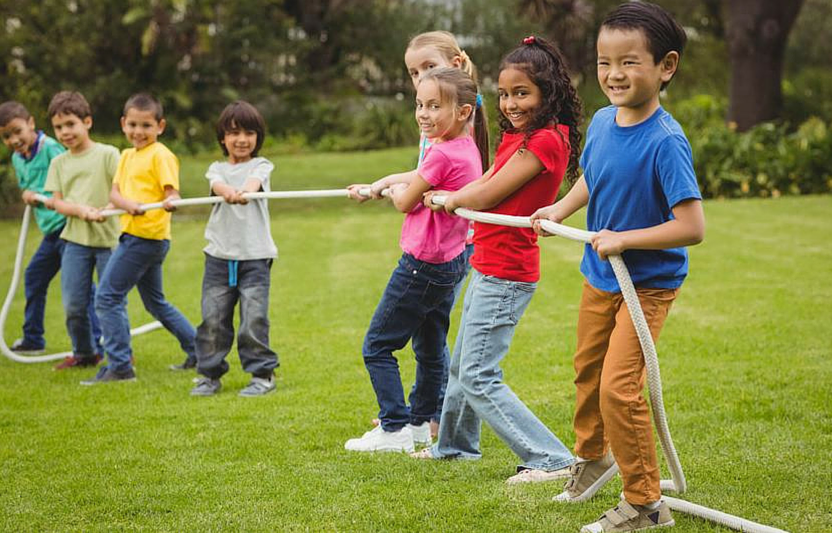
At the command of "Lilliputians!" (as an option for children: dwarfs, kids) children should sit down, at the command “Gulliver!” (or "Giants") - stand up. The most attentive wins the game.
Suitable for age: 4-5 years old.
10. Take off the feathers
The following game will help you run and practice your agility. Divide the children into two teams. One attach several clothespins to clothes. The task is to get rid of the “feathers” by attaching them to the clothes of the second team members. The one who first removes all the "feathers" from himself will win.
Suitable for age: 6-7 years old.
11. Who is faster?
If you need to keep the children company at home, offer them something like a small relay race. From the options for passing the distance, use:
- squatting;
- walking around the room with a balloon without touching it with your hands;
- walking with a bag of beans (or a book) on the head;
- jogging over obstacles (for example, without stepping on spread out pillows or, conversely, jogging on sheets of paper), etc.

Suitable for age: 5-10 years old.
Competitions
Sedentary children's games will also help you out in a situation when children need something to keep them busy, especially since the place or time may not allow active movement. Such an activity requires, albeit minimal, but preparation. And it, as you know, is no less interesting than the process of the game itself.
12. Quiz
Invite the child to be the leader and prepare a competition, say, for a family dinner or tea party when the whole family gathers at the table.
Tell me what questions or riddles to choose, prepare prizes for correct answers, choose the winner, dilute the script with a musical break, turning on karaoke or dance music.
Such quizzes can eventually become thematic and turn into a good family tradition.
Suitable for age: 7-13 years old.
13. Answer within a minute
Prepare a list of simple questions and organize games for the children at home if you have two or more of them.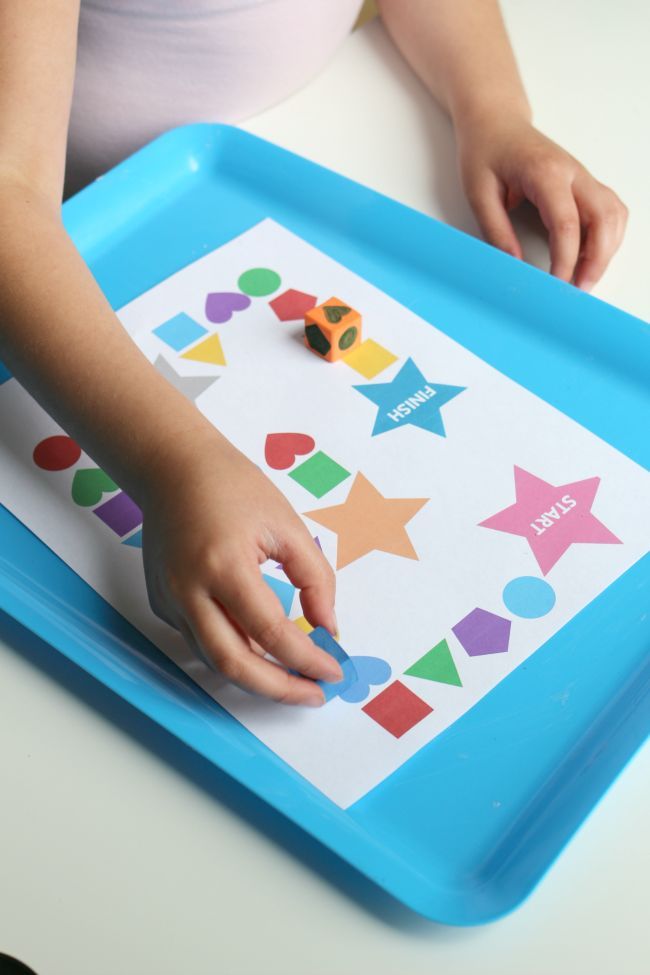 Offer to try to give as many correct answers to the questions as possible in a minute.
Offer to try to give as many correct answers to the questions as possible in a minute.
In this way you will train the speed of thinking and the speed of reaction. Select questions from the area of general knowledge or on topics that children know well, as well as in accordance with age.
Suitable for age: 7-15 years old.
Family games for development
Entertaining games can be organized with children at home, using the simplest objects. Thus, you will develop logic, thinking and help your child explore the world. Do not forget that during the game the child learns.
14. Magic Pencils
Colored pencils or felt-tip pens are needed to play. You will repeat the colors and work on the development of observation and imagination in the baby.
Explain that pencils sometimes come to life and can daydream, imagining themselves as other objects. The red one said that he was a strawberry, the green one - a maple leaf, the yellow one introduced himself as the sun.
Invite your child to "voice" different colors of crayons by naming the corresponding objects.
Suitable for age: 4-5 years old.
15. Touch!
Another way to repeat or study colors is this game. The child needs to touch the object of the color that you name.
You can play within the same room, or you can complicate the task and look for a suitable color throughout the apartment. As an option, to train your memory, at the end of the search, ask the child to name the items that he found.
Suitable for age: 4-7 years old.
16. Draw a story
Making up stories is a favorite pastime for many children. But it can be diversified by inviting the baby to draw everything that you are talking about.
A variant of this story: “There was a big house on a green meadow. It had blue walls, a red roof, and gray smoke coming from a black chimney. The yellow sun smiled at the blue sky and blue clouds. Red flowers grew around the house and multi-colored butterflies fluttered.
Red flowers grew around the house and multi-colored butterflies fluttered.
You can continue the story, add characters and objects, giving them a description. If the child likes this activity, roles can be reversed. Try to draw on paper everything that your creative child will come up with!
Suitable for age: 4-7 years old.
17. Attention to the picture
Children's favorite books usually contain a large number of pictures. For this game, drawings are suitable, which depict many different objects. You say, “I see something red in this picture. It does not know how to speak (as an option - to walk, ride, no pens, etc.).” The task of the child is to guess the object. Roles can be reversed.
Suitable for age: 4-5 years old.
18. Memory
Game ideas surround you even within the same room, so that with children at home you can develop any thought process even with the help of ordinary toys.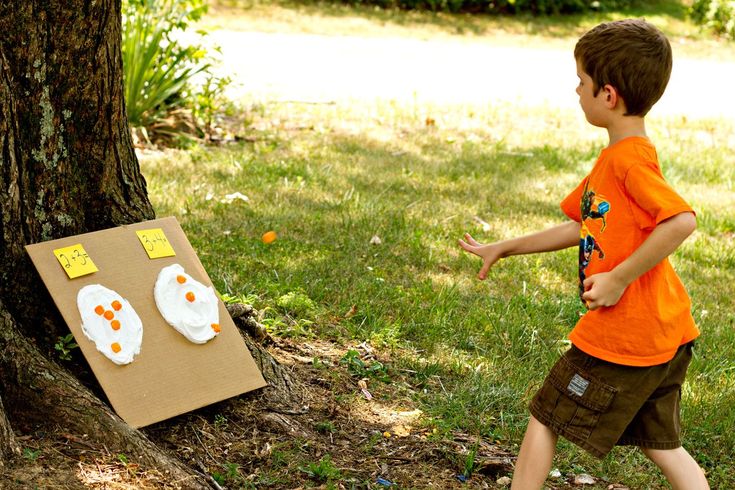
Take a few objects (doll, soft toy, ball, cube, etc.) and arrange them randomly. Ask the child to remember what toys he saw and look away.
Swap them or take one and ask what has changed. Tasks can be complicated when the baby has a little practice.
Suitable for age: 4-7 years old.
19. Didactic games
Suitable for studying mathematical and geometric concepts, natural phenomena and the world around. With the help of pictures cut out from old magazines or printed on a printer, you can help baby animals find their mother (for example, make pairs of chicken-chicken, sheep-lamb, etc.).
Geometric shapes cut out of colored paper will help you repeat colors and practice counting, while circles cut into segments will introduce you to the parts of the whole.
The process of preparing such material will be no less interesting and creative than the lessons themselves.
Suitable for age: 4-8 years old.
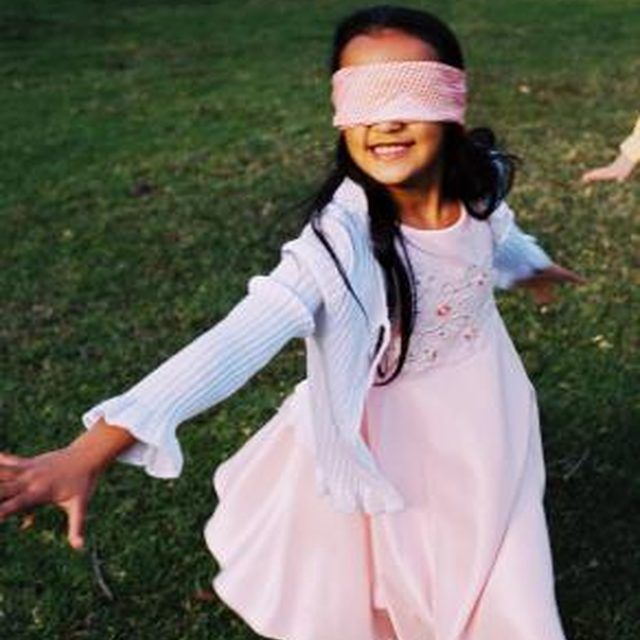
Speech games
The development of speech is an important and necessary process. Talk to your child on the way home, in the car, look at the pictures together. Cognitive games can be organized at home with children and in a simple conversation, the main thing is to show a little imagination.
20. Write a story
Some children's games are aimed at the development of imagination, and they should not be neglected. And to begin with, try to come up with a story that will be based on just two words. At the same time, they do not have to be combined in meaning. For example, ask one word from your dad (mother), the second - from your sister (brother). Look what a funny story you can make!
Suitable for age: 5-8 years old.
21. Who and what
By asking simple questions, this game can be played both with a child and with a group of children. Tasks can be as follows:
- Who (what) is swimming?
- Who (what) walks?
- Who's talking?
- What can you eat?
- What can be cooked?
- Who (what) can fly? Etc.
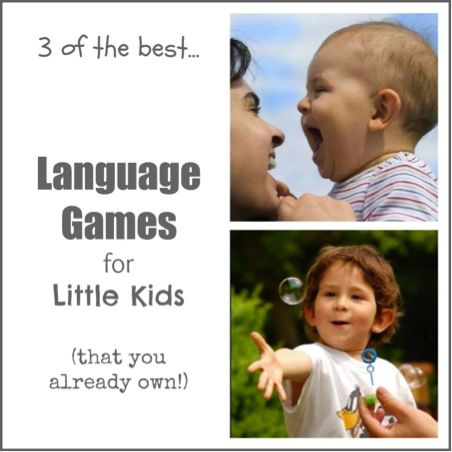
There should be as many answers as possible. If there are many participants, there will be a competition.
Suitable for age: 5-7 years old.
Construction of houses
Needless to say, how children love to build things? Moreover, it does not matter at all whether it is an expensive designer, wooden blocks left after repair, shoe boxes or an umbrella and a blanket - the process is always captivating.
Although, as practice shows, unnecessary boxes or a covered chair usually win in terms of popularity.
- A selection of hotels for families
22. Constructors
In any home there are small Lego parts or a box with wooden towers, arches and blocks of different sizes.
Offer a bored child to build a home for his favorite toy: a little man, a doll, a bear, etc. you can go beyond walls and build simple furniture and celebrate the move.
Suitable for age: 5-8 years old.

23. Cardboard boxes
It happens that shoe boxes have accumulated or a large package of household appliances has appeared. Then the house can be built for dolls (for boys - a garage or parking lot) or for a baby.
Such structures can be pasted over, decorated, filled with furniture - in general, playing with them will captivate young architects and designers for more than one day.
Suitable for age: 6-10 years old.
24. Armchairs, blankets and umbrellas
The good old version of “housing”, inexplicably of interest to all generations of children without exception. A bedspread or a blanket can be put on the table, fixed with books, two chairs can be covered with it, or something similar can be built using an ordinary umbrella.
Fantasy begins to manifest itself instantly, and sofa cushions, blankets and other improvised means are used. True, after such a game you will have to spend some time cleaning.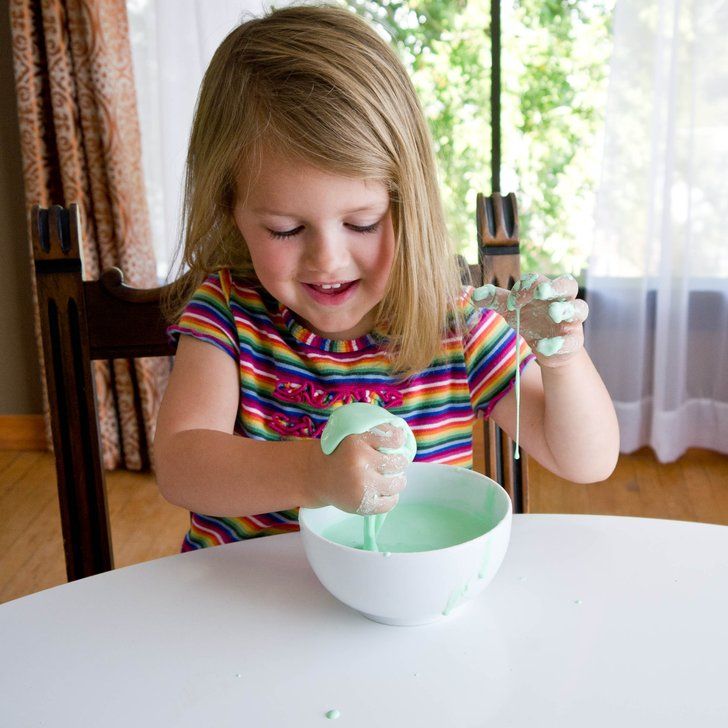
Suitable for age: 4-8 years old.
Math games
Don't you think that mathematics is a boring science? Wrong opinion. Usually children like to count, add and subtract, play with geometric shapes. The main thing is to interest them and not turn the game into a long annoying task.
- Best resorts for families with children
25. Mathematics in the kitchen
Setting the table is a great way for your little one to practice counting. Ask him to put two forks on the table, bring three cups, take five apples from the basket, or put four cookies on the plate.
Get creative with addition and subtraction using teaspoons, large pasta, or other household tools.
Suitable for age: 4-6 years old.
26. Tasty Numbers
Bake number cookies together. Prepare the dough, let the child roll out the sausages, and you help to add them in the form of numbers.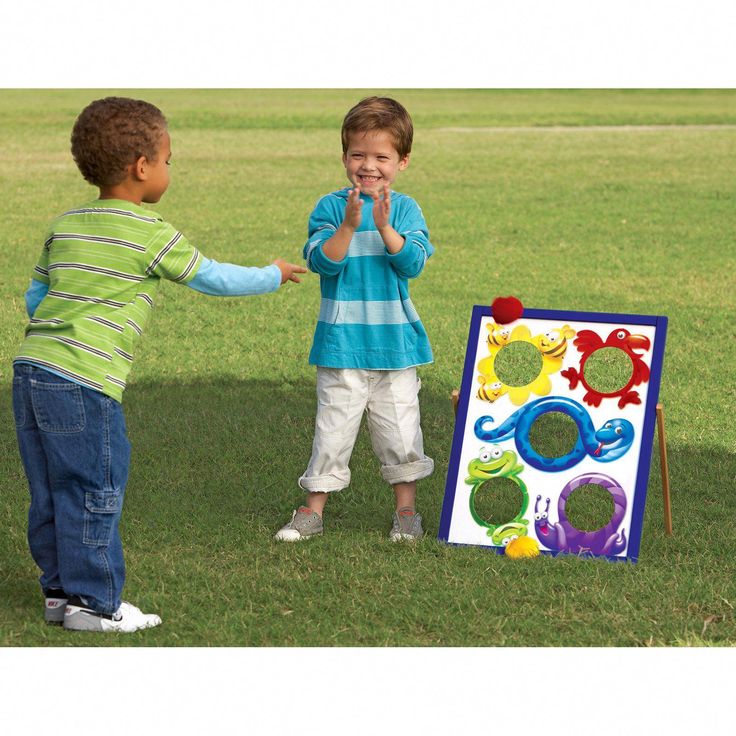
You can play with them, build pyramids, stack them up and down, and even make simple examples. It's not scary if a couple of signs suddenly disappear imperceptibly - after all, this is a cookie.
Alternatively, math pastries can also be made inedible. Blind such numbers from salt dough, dry and decorate them, and then open them with varnish. Spreading examples from this counting material will be especially nice.
Suitable for age: 4-6 years old.
27. Math ball
The ball can be played even within the same room without damaging neighbors or surrounding furniture. Repeat verbal counting with your child.
When throwing the ball to him, name an example, and he, throwing the ball to you, must say the answer. Depending on age, you can take numbers from the first ten, second or three-digit. The main thing is to have time to count yourself in order to check the correctness of the answer.
The variant of the ball game can be like this.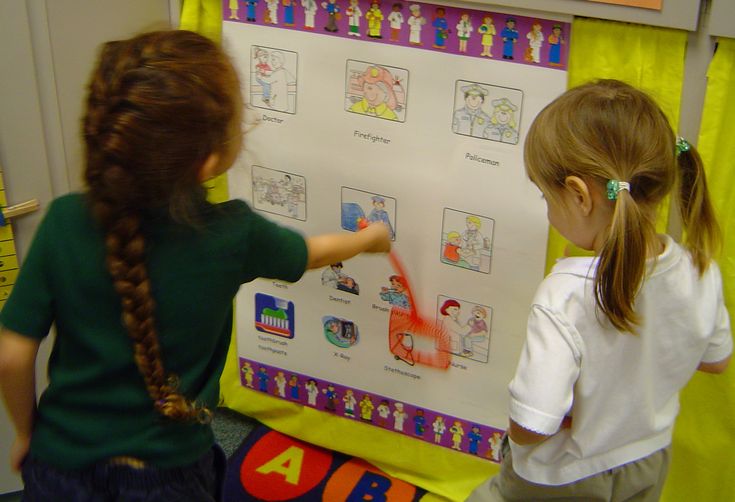 When throwing the ball to a child, name the number, and in response he must name adjacent numbers (5 more, 10 less, half as much, etc., depending on age and knowledge).
When throwing the ball to a child, name the number, and in response he must name adjacent numbers (5 more, 10 less, half as much, etc., depending on age and knowledge).
Suitable for age: 5-8 years old.
Interesting games for two children
Children often only need to be prompted to play, and they will perfectly play with each other, mostly without paying attention to the difference in age.
Calm games at home can be very different, the main thing is that they are interesting for children.
28. Wonder Beast
All you need is a piece of paper and a pen. The first player draws a head and folds the sheet so that only the neck is visible.
The second one completes the torso, then again the first one draws the legs (paws, flippers, etc.). Expanding the "picture", the children will see a rather funny creature that you can think of a name for.
Suitable for age: 6-10 years old.

29. Funny stories
A similar activity can be a variant of the game on paper, when children need to play with each other or with adults. The first participant must write two lines from a song, a poem or just two sentences related in meaning, and wrap a sheet of paper, leaving only the last phrase.
The next one writes two of his own lines, connecting them in meaning with the previous phrase, and again wraps the sheet. As a result, the bundle will hide a very curious and, most likely, funny story.
Suitable for age: 8-14 years old.
Role-playing games
Children's games, in which children pretend to be adults, are perhaps the most favorite.
From an early age, a child begins to imitate his parents: lovingly puts his favorite toys to bed, builds a garage, cooks food on a toy stove, or builds a semblance of a real store. Play along with the child or switch roles with him, allowing him to become a mom, dad, salesman or doctor.
30. Shop
There are several variants of this game. You can lay out items on the "counter", set "price tags" and make "money" from cut sheets of paper of different sizes, thereby repeating the count.
Or you can ask the child not to name the product he wants to buy, but only to give him a description. So the game will become a small lesson in the development of speech.
Suitable for age: 4-6 years old.
31. Beauty salon
A role-playing game that captivates absolutely all girls. You can become a model for your child to do hair, make-up, and manicures.
But a doll can also act as a “client” of the salon. At the same time, be sure to discuss the rules of conduct and the culture of communication in the salon.
Suitable for age: 5-7 years old.
32. Construction site
You can organize the activities of both the driver and the builder at the same time by showing your son that a big car can be loaded with blocks, help it get to the construction site, unload the “material” and start building a garage or house.
You can also include a crane, "worker" figures and build more than one object.
Suitable for age: 4-6 years old.
33. Playing Pirates
Build a ship from improvised means, and look for costume parts in the closet - the preparation process will be no less interesting.
Then, armed with binoculars, you can go in search of treasures to uncharted shores. Alternatively, a small toy man can become a pirate, and a ship can be built from a designer. Depends on what the child likes more.
Suitable for age: 5-8 years old.
Unusual home games
Family games at home can become a good tradition that will give your children a lot of warm memories in adult life. In the meantime, they are still small, a little imagination, effort and time will help organize fun games and occupy the leisure of the whole family. Get actively involved in the preparation, do not be lazy, think of what you can play, and you will not notice how you will get carried away yourself.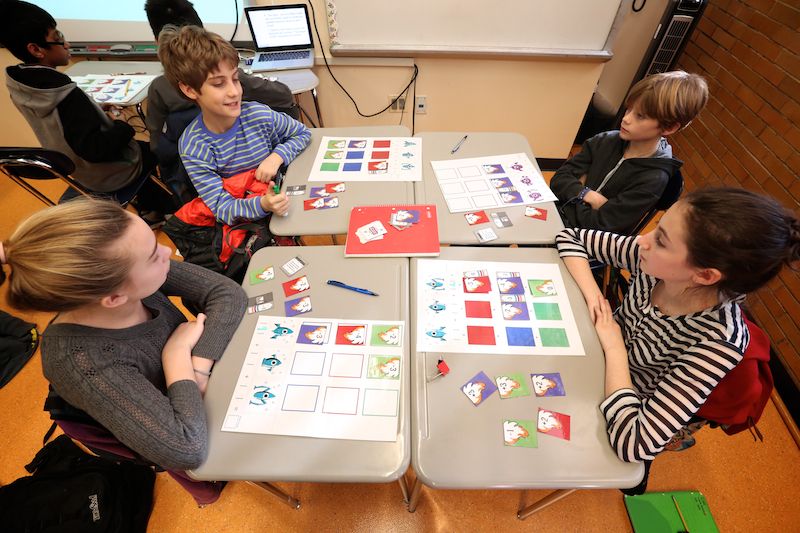
34. Fantastic patterns
Mix 5 tablespoons of gouache, one of shampoo (dishwashing liquid) and a teaspoon of water. Make a thick foam in the container by blowing into a plastic tube.
Now lightly touch the colored bubbles with a piece of paper. See how the prints turn out, and paint an abstract picture, following your imagination.
Suitable for age: 5-12 years old.
35. Cheerful quest
This activity can be prepared for a birthday or for a group of friends, or you can just please your child with an exciting activity. And if the treasure hunter is interested in the search process, then, believe me, the preparation process will be no less fascinated.
Hide a small gift or sweet prize (there may be more than one) at home and write step-by-step instructions on how to find it.
You can place notes with clues in the most unusual places, the main thing is that each previous one should be the key to finding the next one and eventually lead to the main “treasure”.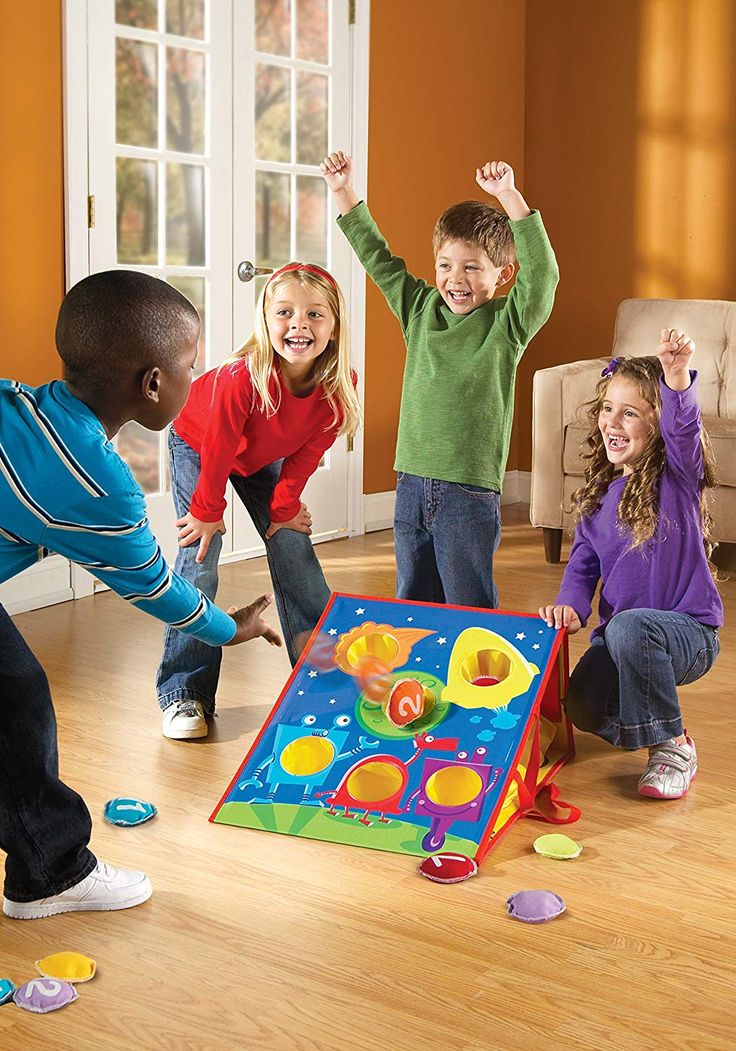
Suitable for age: 6-12 years old.
Music games
Every child has favorite songs, regardless of age. You can just dance, learn new moves or prepare a dance as a gift.
Joint games of children at home unite, and music will help recharge with positive and good mood.
36. Leg, leg!
Have you ever danced with your neck? What about a nose or a finger? Well, there is a great opportunity to try! Turn on your favorite tune and start with simple movements.
Ask the children to dance with only their hands or only their feet. Then move on to more difficult tasks: dance only with your elbow or finger. And don't forget: you, too, must be actively involved in the game.
37. Get rid of the balls
For this game you will need a low stretched volleyball net. But as an option, any dividing line in the house is also suitable. Inflate 6 - 10 balloons, depending on the number of players.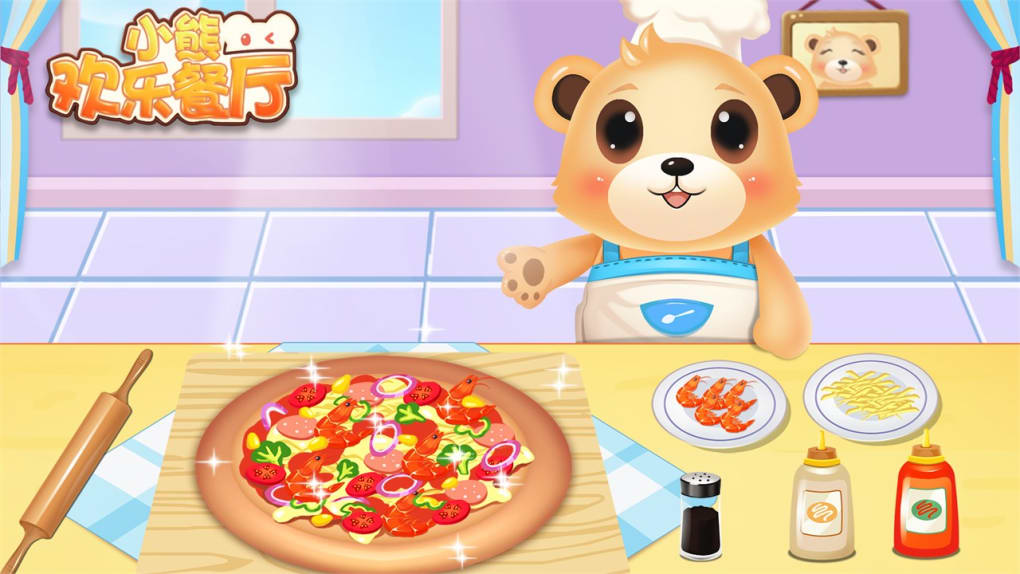
The task of two teams (they can have from 1 to 3-4 participants), having received the balls equally, transfer them to the opponent's side.
The game starts when the music is turned on and stops when the music is turned off. Whichever side has fewer balls at that moment wins.
Water games
Children love to splash in the water, bathe and pour water from container to container.
If you decide to use water as a play area, be prepared for the environment to be wet and your baby's clothes and shoes to become damp. Therefore, be prepared for the fact that at the end of the game you will need to completely change your clothes.
- Best Family Entertainment
38. Catch, fish!
Prepare a bowl or bowl of water, take a few small items and put them directly into the water. These can be balls, small figures, chestnuts, etc.
Invite the child to catch the “fish” with his hands, a spoon, a small net (a small kitchen sieve can act as this), and then carefully place them in a nearby container.
Suitable for age: 3-5 years old.
39. SpongeBob
Tell your child that a sponge can absorb water and show how it works.
Prepare two containers, fill one of them with water. Try transferring water from one container to another with a sponge, filling it up and then squeezing it out.
Suitable for age: 3-4 years.
40. Catch the ball!
When your baby goes for a bath, drop about ten lightly inflated balloons into the bath with him.
They will funny jump out from under the water, float like boats if you blow on them, and will be a wonderful field for experiments of a little researcher.
Suitable for age: 3-5 years old.
Interesting games
What other games are there for children at home? Choose according to the mood and preference of the child.
They can be active or calm, with a lot of additional materials or in the form of a conversation, but in any case they should be interesting to the child. As practice shows, games without a phone can also captivate and interest a child.
As practice shows, games without a phone can also captivate and interest a child.
41. Guess what it is
We explore the world around us with the help of the senses, and touch plays an important role in this. Therefore, it will be useful for a child to mentally create images of things without seeing them, but only by touching them.
Place several objects in a basket or container out of sight, then give one to each child's hands while blindfolded (or simply cover them).
Let the baby try to guess what he is holding in his hands, examining the object only with his fingers. Tell me if the child is not coping.
Suitable for age: 4-7 years old.
42. Unusual book
Games and activities with children at home can be remembered not only as an interesting pastime with parents, but also as an interesting craft that has been preserved for many years. You can make a book with your child about himself.
Collect photographs, magazine clippings, interesting small items.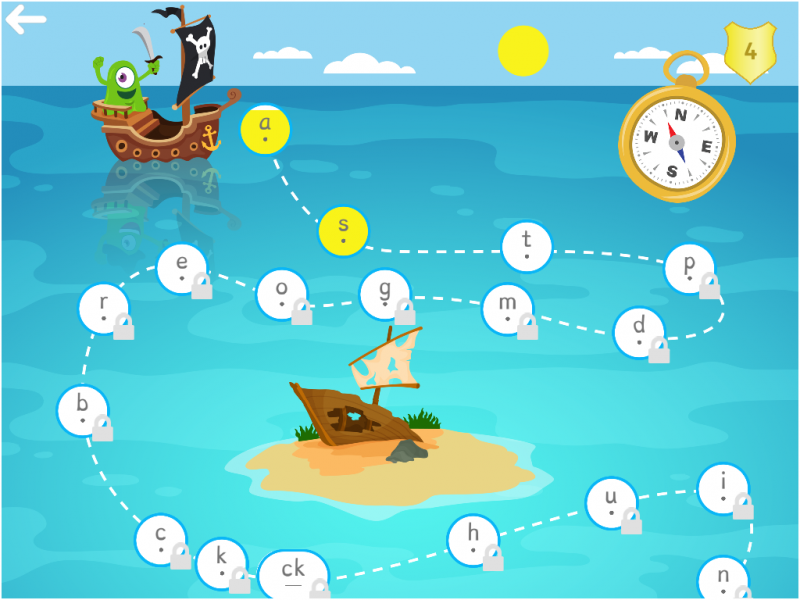 They can be glued onto thick sheets of paper and write a story together.
They can be glued onto thick sheets of paper and write a story together.
Have your child write the first letter in this book, make the first drawing, circle their pen, or paste a picture they like. After many years, such a craft will evoke very fond memories.
Alternatively, you can make a fairy tale book by inventing a story and decorating it with applications and drawings. The process will take more than one evening and, most likely, will interest the child for a long time.
Suitable for age: 4-10 years old.
Advice to parents
When spending time with your child, do not be afraid to show your imagination, use any household items for play, talk about the world around you, let the baby try on different roles, dance, jump, get his hands dirty in paint or wet clothes with water. So he learns the world, develops and grows.
Remember that your participation in the gameplay is important, but only as a partner, less so as a mentor.

Take a break from everyday activities, spend more time making cookies or cleaning, but do it together with your child while playing.
- Things to do with kids at home: 35 fun ideas for fun
A wise Polish proverb says: "You have a whole life to work, and children will be small only once." Use this time as much as possible, and the useful habit of seeing a friend in a parent will remain forever.
We hope that our advice will be useful to you in organizing your leisure time, and you will always find something to captivate your child at home.
Educational games for 3-4 year olds with parents at home
For a 3-4 year old child, play is the main way to interact with the world. In the game process, the child develops logic and thinking, trains memory, expands communication skills, and strengthens physically. We have collected games that will appeal to both the baby and his parents, because they will be not only fun and interesting, but also useful.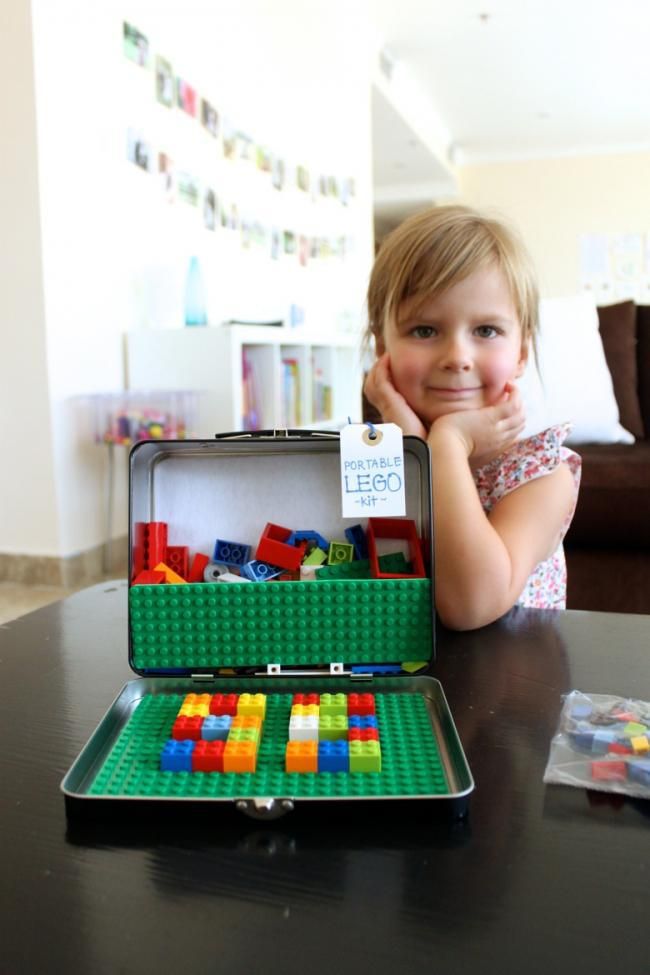
Article content:
- Outdoor games
- Educational games
- Educational games
- Tips for parents
- Terminals
Outdoor games
Active games are aimed primarily at physical development. The kid improves coordination, attention, endurance. Regular activity strengthens the immune system and is the best prevention of diseases. Find out what you can play with your child at home or on the street.
-
Keeping balance. The parent lays out a rope or a long rope (such as a linen rope) on the floor. The child should walk along it, spreading his arms to the sides. The game can be made more difficult. For example, a child can carry a glass of water in his hands (of course, plastic) or hold a small book on his head.
-
Collecting flowers. For this game, you will need several squares of colored paper, as well as a path, which can also be made from paper or, for example, a long scarf.
 The track is placed on the floor, pieces of multi-colored paper are scattered around it. We imagine that we are walking along a path, on both sides of which flowers grow. The facilitator (parent) periodically says how many and what flowers need to be collected. For example, 3 yellow or 5 red. The child stops and collects the right flowers. This game not only teaches coordination, but also distinguishes colors and recognizes numbers.
The track is placed on the floor, pieces of multi-colored paper are scattered around it. We imagine that we are walking along a path, on both sides of which flowers grow. The facilitator (parent) periodically says how many and what flowers need to be collected. For example, 3 yellow or 5 red. The child stops and collects the right flowers. This game not only teaches coordination, but also distinguishes colors and recognizes numbers. -
Sly fox. A mobile game that children love very much. It is more interesting to play it when there are many participants, but you can also play it together. The participants stand in a line, and the leader moves a few meters away and turns his back. The task of the player is to reach the leader. But you can only go when he is not looking! And when the leader turned, the participant must freeze, or they will have to go to the start.
-
Traffic light. For this game, you need to prepare red, yellow and green circles that can be made from colored paper.
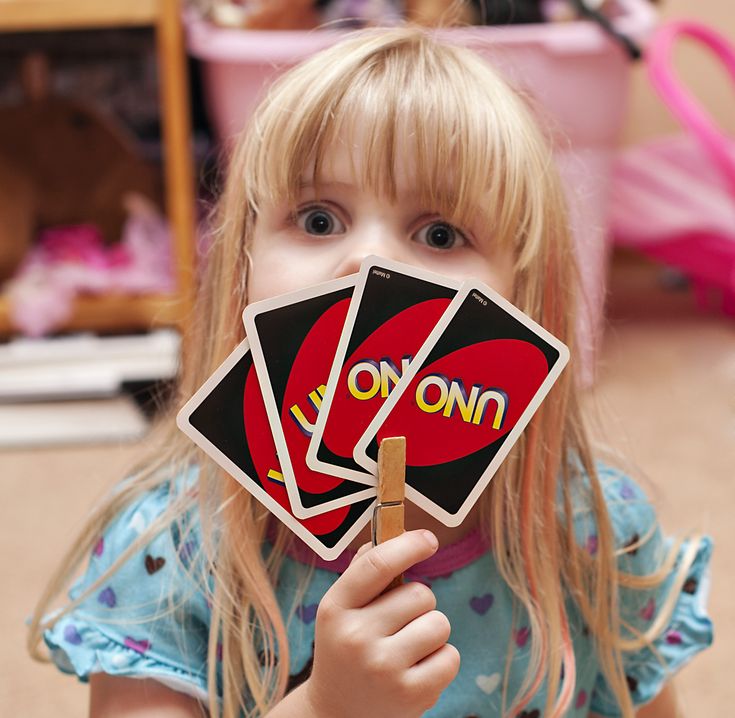 Each color represents a specific action. For example, the host shows a green circle - the child is running, yellow - jumping on 1 leg, red - crouching, etc. The game can be started with three signals, but when the baby remembers them, complicate and add new ones.
Each color represents a specific action. For example, the host shows a green circle - the child is running, yellow - jumping on 1 leg, red - crouching, etc. The game can be started with three signals, but when the baby remembers them, complicate and add new ones.
Educational games
All games are educational for a child. But adults by developing games usually mean those that are aimed at studying any objects, phenomena. Such games develop intelligence, broaden horizons, improve memory, attention and speech.
On the development of motor skills
The development of fine motor skills directly affects the formation of speech, self-service skills, thinking, memory. At home, you can use various household items for games: buttons, clothespins, colored pasta, pencils, etc. On the street you can take cones, chestnuts, sticks. Consider several options for games for the development of motor skills.
- Piggy bank.
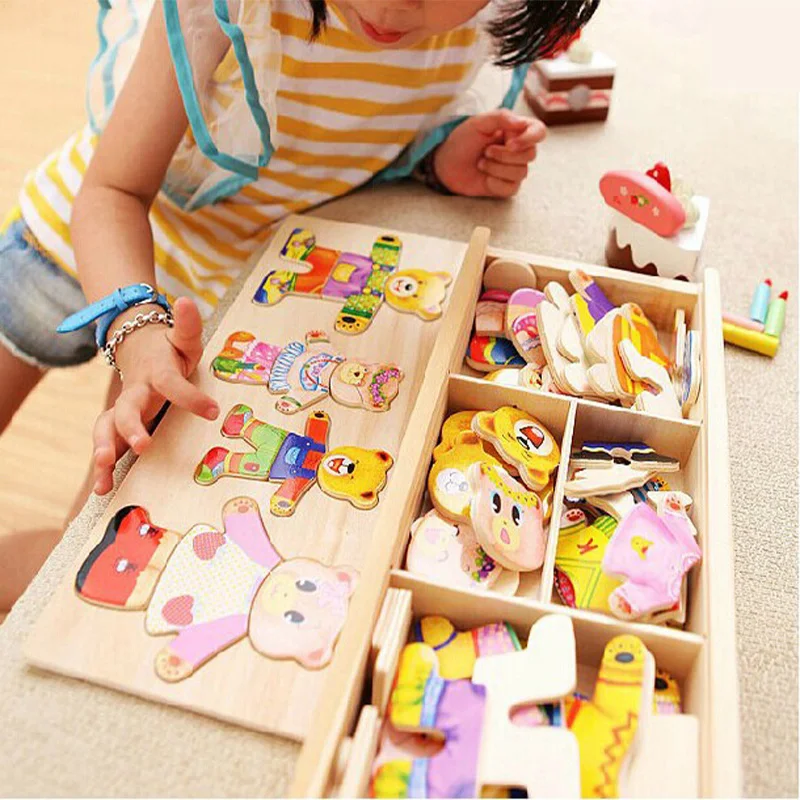 Let's take 2 cans. Pour beans into one of them, and leave the other empty. A cover with a small slot is put on the second. The task of the child is to shift the beans from one jar to another. Alternatively, you can use the steam container from the multicooker (with small round holes). You can put pasta in them.
Let's take 2 cans. Pour beans into one of them, and leave the other empty. A cover with a small slot is put on the second. The task of the child is to shift the beans from one jar to another. Alternatively, you can use the steam container from the multicooker (with small round holes). You can put pasta in them. - Drawing with groats. PVA glue is applied to a sheet of paper, cereals are poured on top in a certain order. You can use semolina, wheat groats, buckwheat to create multi-colored patterns.
- Beads. The child is given a fishing line on which objects must be strung. It can be beads, buttons and even drying. Objects should not be too small, otherwise it will be difficult for the child to cope with them.
- Flower. Cut out a circle from paper - this will be the base of the flower. We will give the child colorful clothespins. He should attach them in a circle as if they were flower petals. In parallel, you can memorize colors and lay them out in a certain sequence.
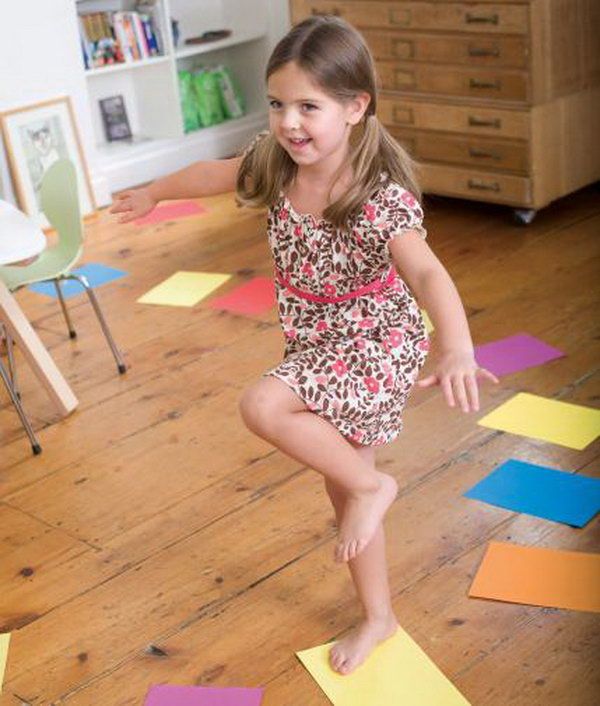
For the development of logic
Logical connections are a very important part in the development of a child's thinking. To understand why and why, simple and exciting tasks will help.
- Find the extra. For this educational game, you will need special cards or sheets that can be found on the Internet and printed. The task for this age usually contains four simple subjects, one of which does not fit into the group for a certain reason. These can be color, shape, skills (for example, flies - does not fly), the purpose of the object (clothes, dishes, etc.) and other signs. It is important to allow the child to think independently.
- Divide into groups. A similar task, but here you need to select from the abundance of objects those that belong to a certain group. For example, vegetables, fruits, pets, toys, etc.
- Say the opposite. A child at 4 years old already understands what antonyms are, that is, words with the opposite meaning.
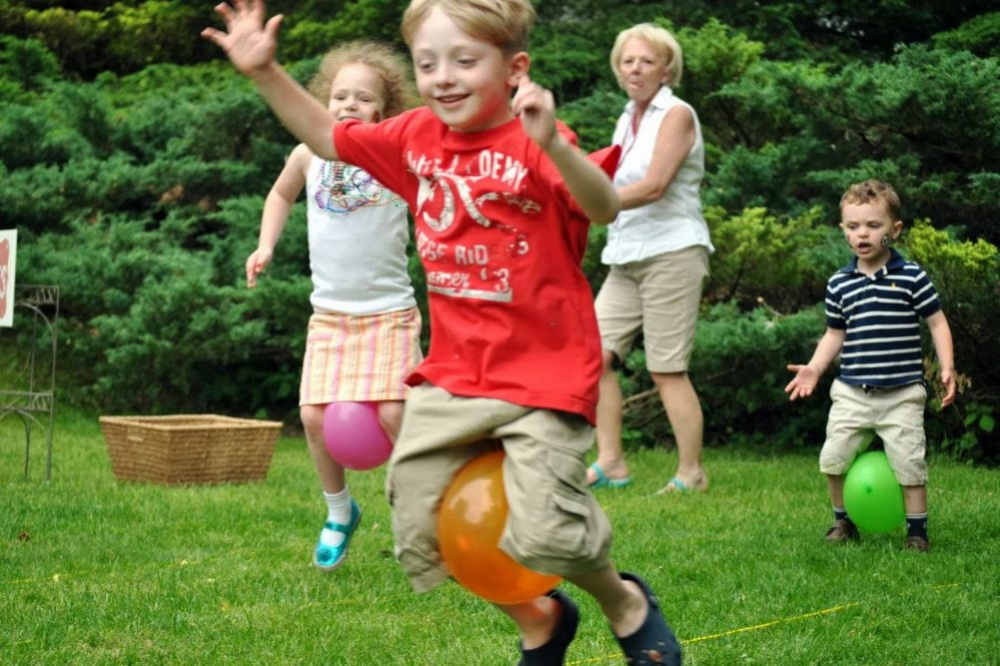 The parent says "hot" - the child answers "cold", etc. Use understandable words: quiet-loud, white-black, sad-cheerful, deep-shallow, wet-dry.
The parent says "hot" - the child answers "cold", etc. Use understandable words: quiet-loud, white-black, sad-cheerful, deep-shallow, wet-dry. - Who needs what. This game requires a ball. The facilitator says the profession, for example, "doctor", and throws the ball to the child. He must answer what the doctor may need (thermometer, syringe, white coat) and throw the ball back.
For the development of speech
It is important to develop speech from birth. Talking even with a baby who is still silent seems strange, but in fact it is an investment in his future. Often, already studying at school, children cannot connect several sentences into a logical text, retell what they read, or talk about some event. To prevent this from happening, at 3-4 years old you can offer such home games with children.
- Describe the item. For this game, you need to collect several toys and put them in a box. The child takes out a toy and describes it.
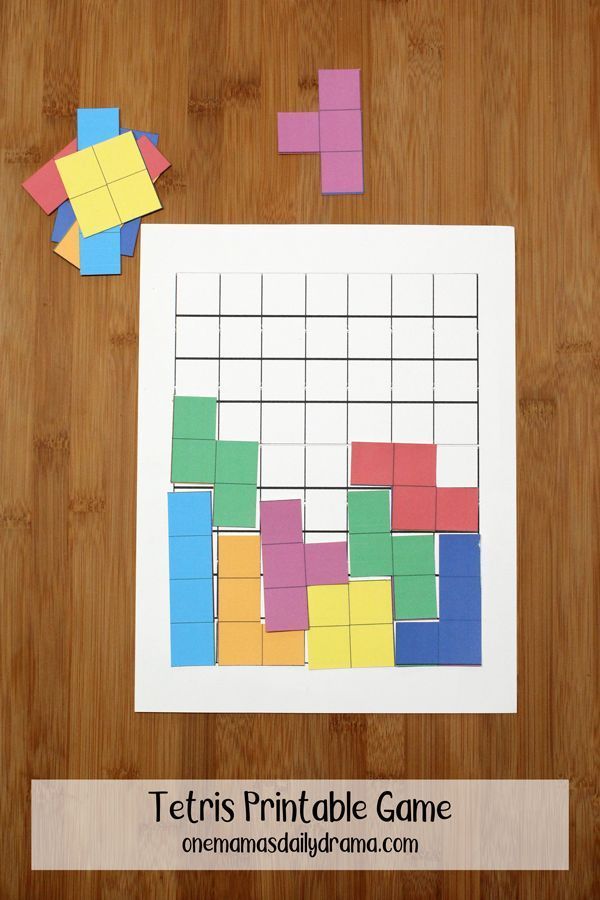 For example, the girl took out a doll. She can tell what size the doll is, what color her eyes and hair are, what clothes she is wearing, and come up with a name for the doll.
For example, the girl took out a doll. She can tell what size the doll is, what color her eyes and hair are, what clothes she is wearing, and come up with a name for the doll. - Tell me from the picture. For this game, you will need an illustration of some popular fairy tale (again, you can find it on the Internet and print it out, or just show it on the screen). The child must tell what he sees in the picture, what happened first and what happened later, how the story ended.
- Everything is messed up. For this game, you can take the plot of a fairy tale that the child knows well. In telling it, you need to make mistakes. For example, the animals did not let the fox into Teremok, or Little Red Riding Hood went not to her grandmother, but to her friend. The kid must understand what is wrong in the fairy tale. You can dream up and compose your own fairy tale, in which the end will be different.
Educational games
At the age of 3, you can already introduce your child to letters and numbers.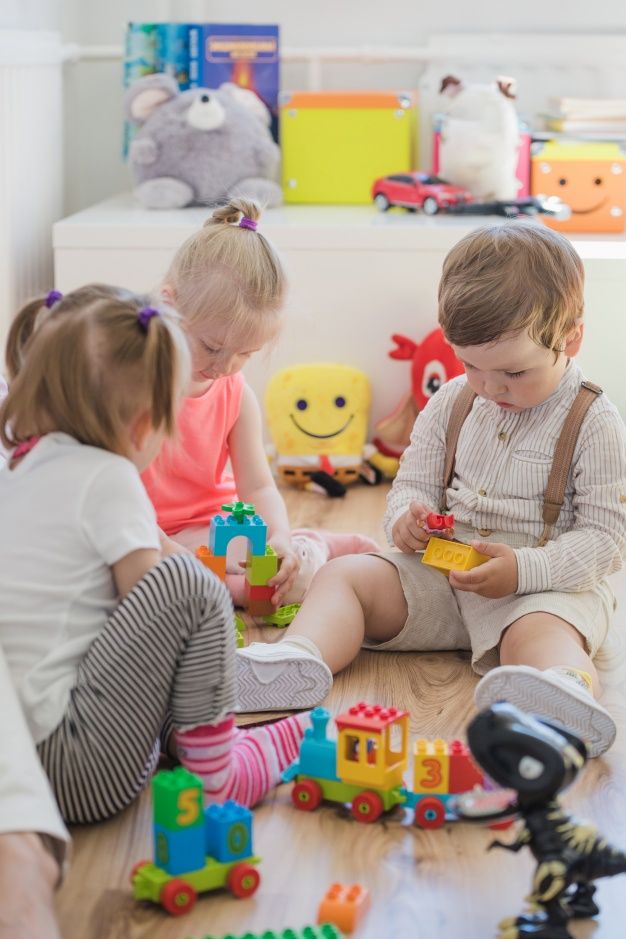 The number is average, sometimes more developed children show interest in letters even at 2 years old. But there is no need to rush and force the baby to study - this will only discourage the desire to learn new things.
The number is average, sometimes more developed children show interest in letters even at 2 years old. But there is no need to rush and force the baby to study - this will only discourage the desire to learn new things.
For learning to read and write
A popular technique for learning letters is to hang cards in different places in the apartment/room. And you can do this without even waiting for the age of three. Cards with letters should be bright, arouse the interest of the child. If the baby does not ask what kind of letter it is, you should sometimes pronounce them on your own. You can hang a card with a letter on an object that begins with it. For example, hang the letter L on a chandelier, and the letter T on a TV. Periodically, cards need to be changed, outweighed in other places.
The following ideas are useful for learning about letters.
- Application. Cut out large letters from paper. For decoration, you can use cereals (motor development!), Cotton wool, fabric, beads, sparkles - whatever you like.
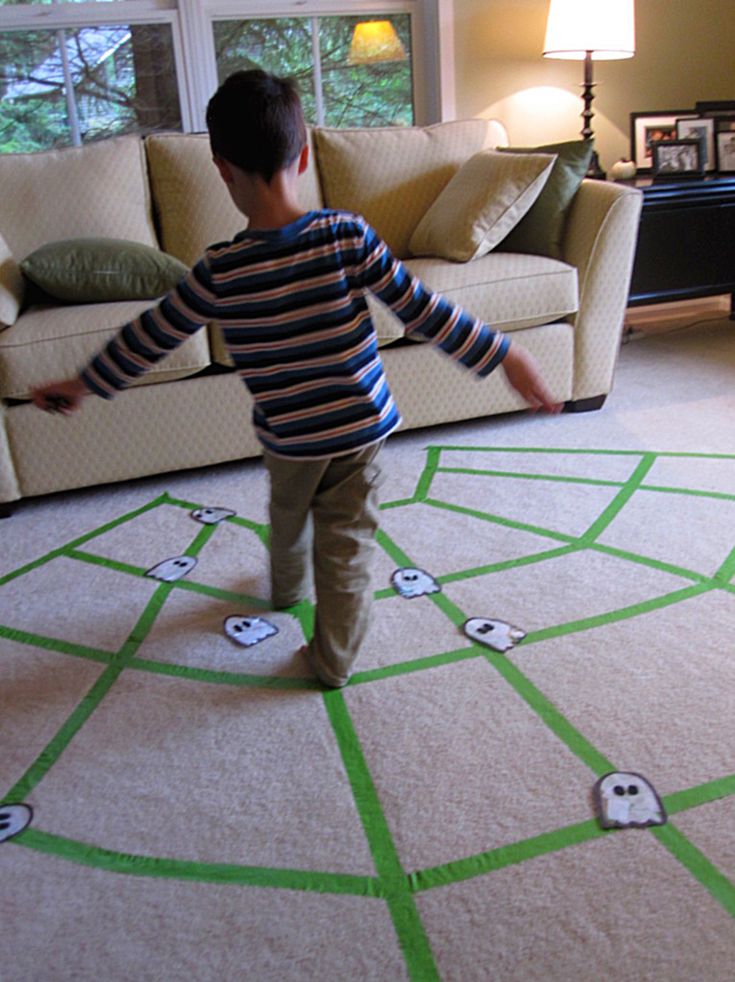 When decorating a letter, be sure to pronounce it many times so that the baby remembers what it is called.
When decorating a letter, be sure to pronounce it many times so that the baby remembers what it is called. - Find the letter. Print the letter in several copies. Keep one for yourself, hide the rest in the children's room. Show the child a picture with a letter: "This is the letter O. Find 3 more such letters." At the same time, the letters should be hidden so that they are not difficult to find, you can give the baby hints.
- What's in common? Place items (or images of items) that begin with the same letter in a bag. The child must take them out and pronounce the names aloud, and then guess which letter was guessed.
When the child knows all the letters of the alphabet, you can move on to the study of syllables and words. To do this, write syllables or simple words of 3 letters on cardboard squares. These will be houses. Then take small toys, for example, from kinder surprises, and find a house for each toy. At the same time, pronounce: the horse lives in the “MA” house, the squirrel lives in the “CO” house, the bunny’s house is called “KY”, etc.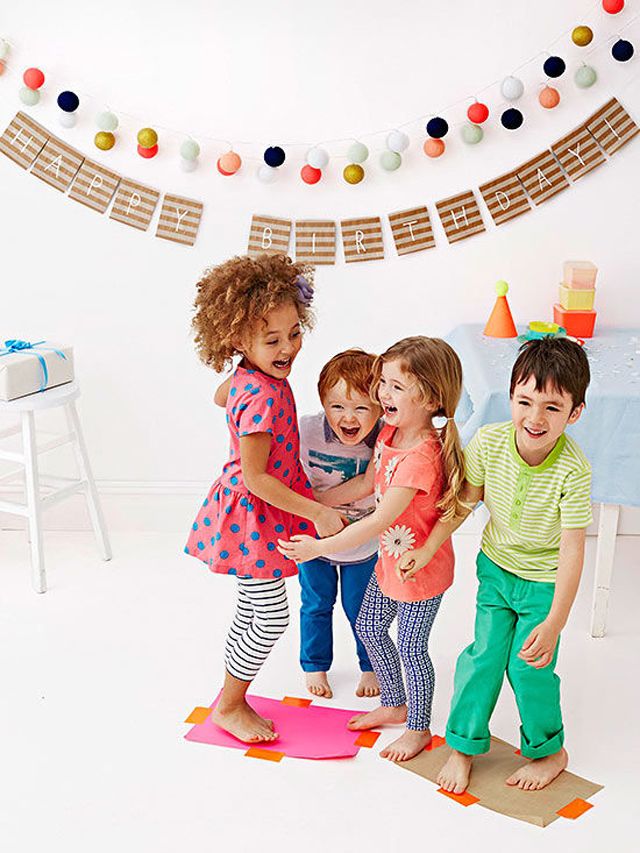
For teaching mathematics
Educational games with numbers are the basis for learning mathematics for a child of 3-4 years old. They teach not only to memorize numbers, but also to compare, solve simple problems.
- Construction site. This game is suitable for both boys and girls. Build a brick house with your child. In this case, you need to determine how many floors there will be in the house, and how many apartments (cubes) on each floor. For example, on the 1st floor - 4 cubes, on the second - 3. To complicate it, you can take cubes of different colors and give tasks not only with numbers, but also with color (2 yellow cubes for the third floor).
- Engine. Make cards with numbers from 1 to 10 and invite your child to make a train out of them. Only for this you need to arrange all the cards in order, from 1 to 10. If everything is done correctly, the train will go on a journey.
- Count the candies.
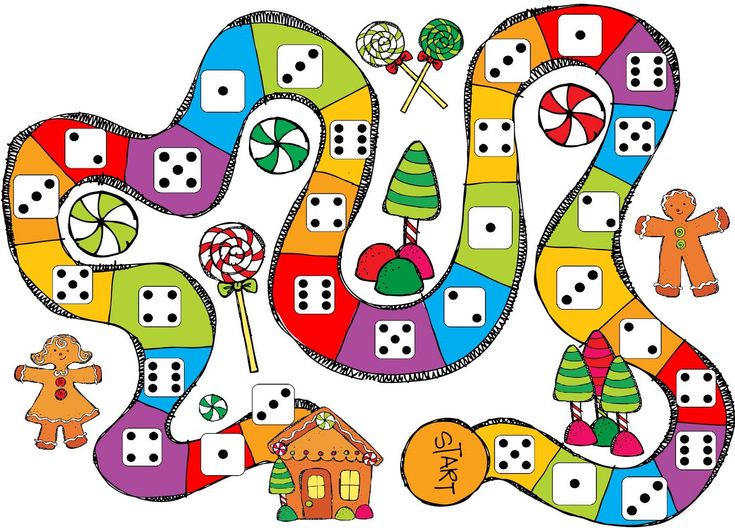 Take two dolls (bears) and put them at the table to drink tea with sweets. Give one doll 2 candies, and the other 3. You can ask: "who has more candies", "how many candies do two dolls have in total." Then more dolls can come to visit, while the hostess will have to share the sweets equally among everyone. This game teaches not only to count, but also to think logically.
Take two dolls (bears) and put them at the table to drink tea with sweets. Give one doll 2 candies, and the other 3. You can ask: "who has more candies", "how many candies do two dolls have in total." Then more dolls can come to visit, while the hostess will have to share the sweets equally among everyone. This game teaches not only to count, but also to think logically. - One-many. Play a mindfulness game. You can ask the child: “What items are many in the room? And what subject is one? For example, in the kitchen there are many plates, but there is only one table.
Tips for parents
In conclusion of the article, we will give some important recommendations.
- For a kid, the game process itself, the action, and not the final result, is important. You should not be upset and even more so scold the child if the elephant you made looks more like a snowman.
- The rules of the game should be simple and clear.
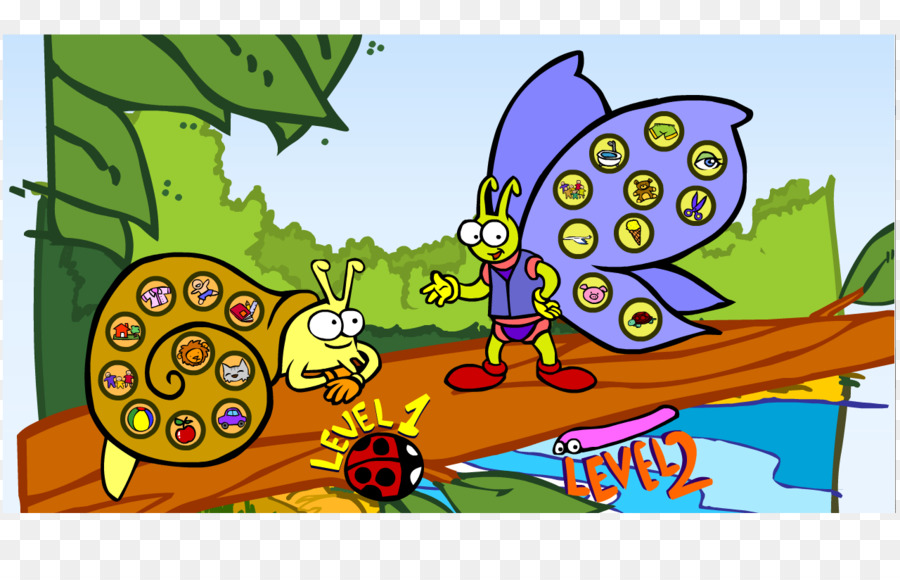 At the same time, it is necessary to leave room for creative improvisation. It develops imagination and initiative.
At the same time, it is necessary to leave room for creative improvisation. It develops imagination and initiative. - Not all games may appeal to a child. You need to feel the mood of the crumbs and, if necessary, stop the game.
- Exercise regularly with your child. Try to set aside at least 15 minutes a day for joint activities.
Conclusions
Games at home with children are interesting and cool, but there is not always time and ideas for this. In order not to deprive the child of the opportunity to fully develop, you can take him to a specialized children's center or kindergarten "Baby Club", where the child will receive the necessary skills in a playful way and will develop all types of intelligence. Specially equipped and safe rooms for classes are suitable for children of different ages: from 8 months to 7 years. Professional educators support the natural curiosity of children, directing it in the right direction.